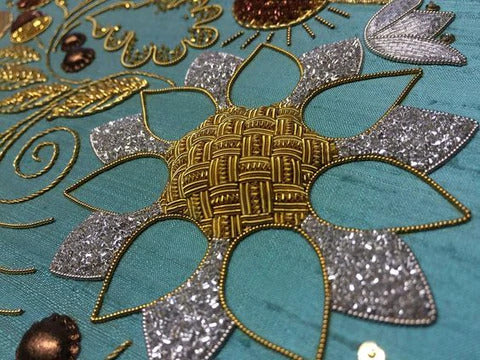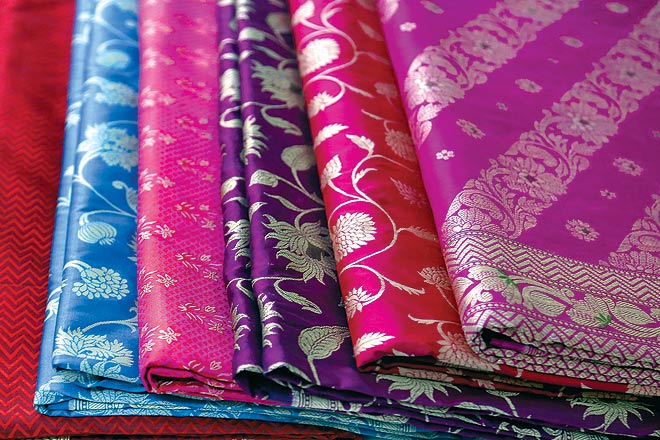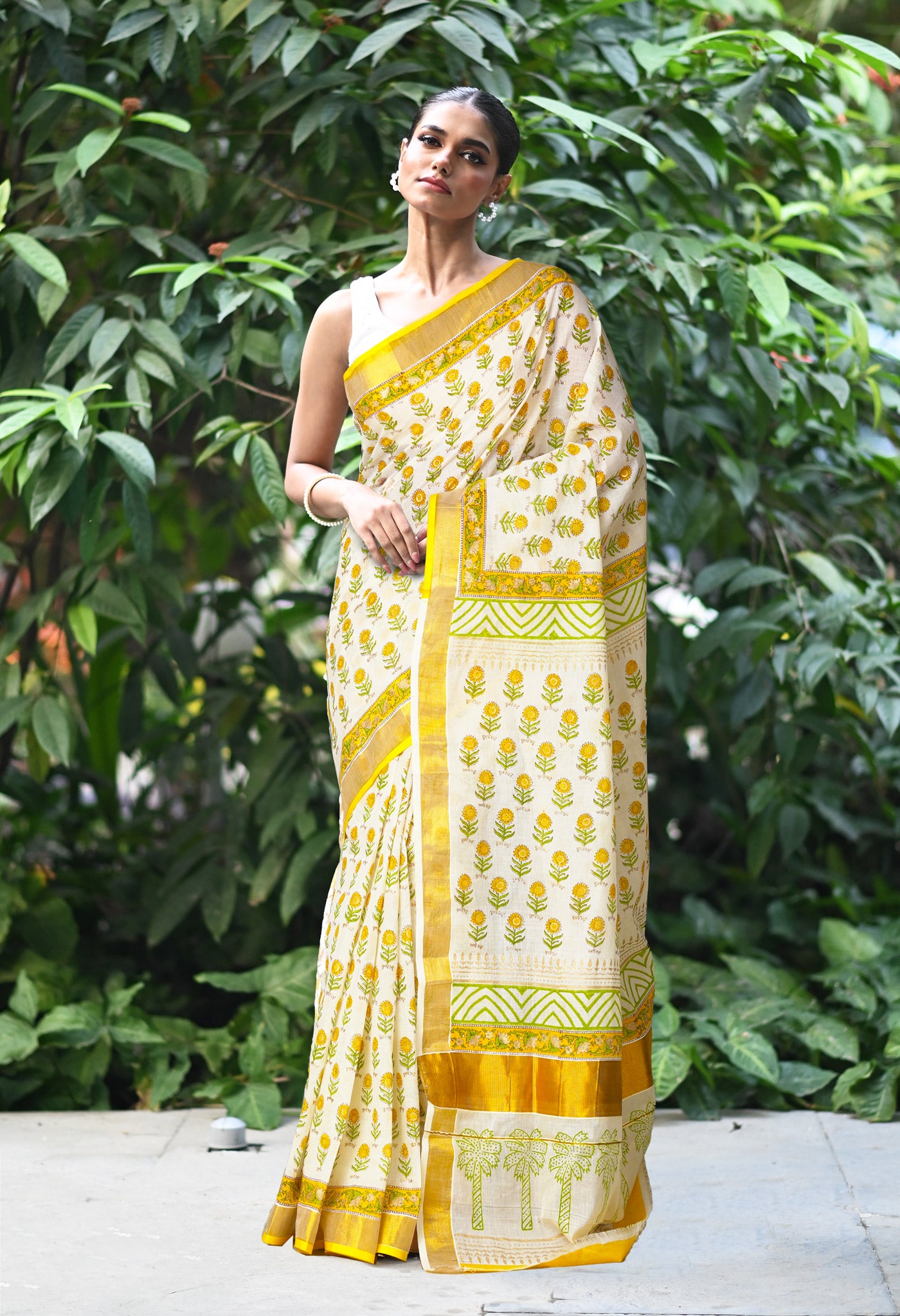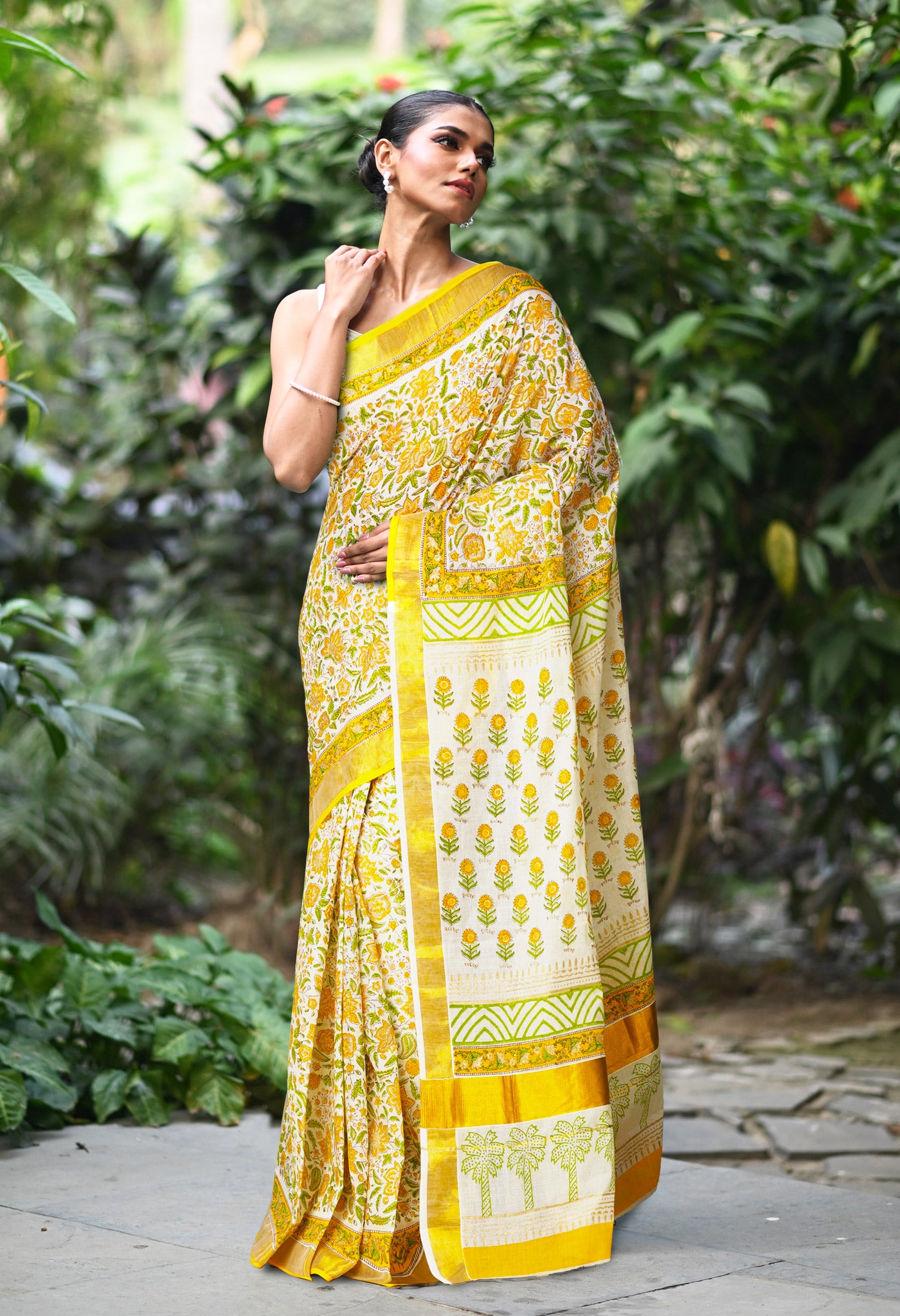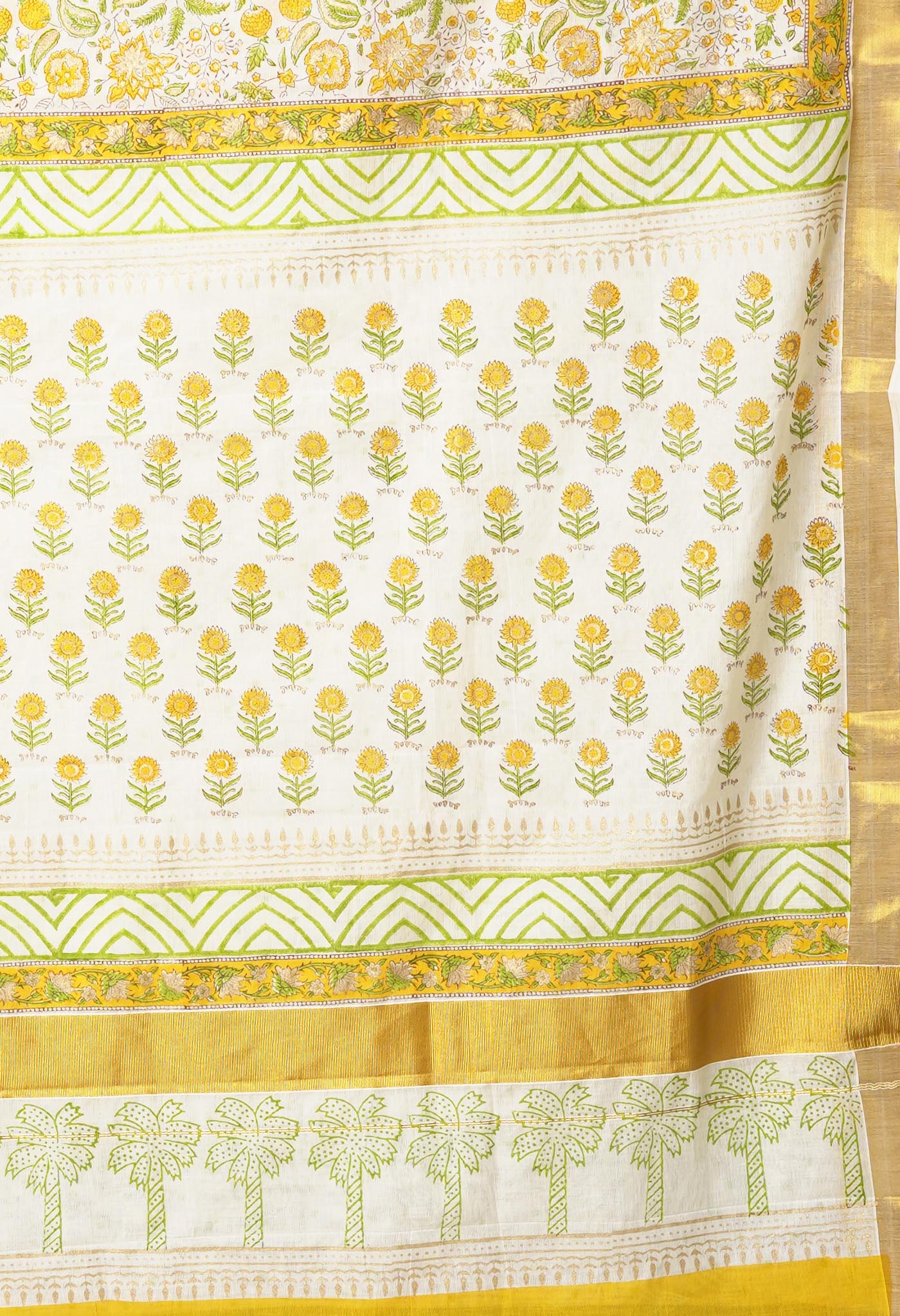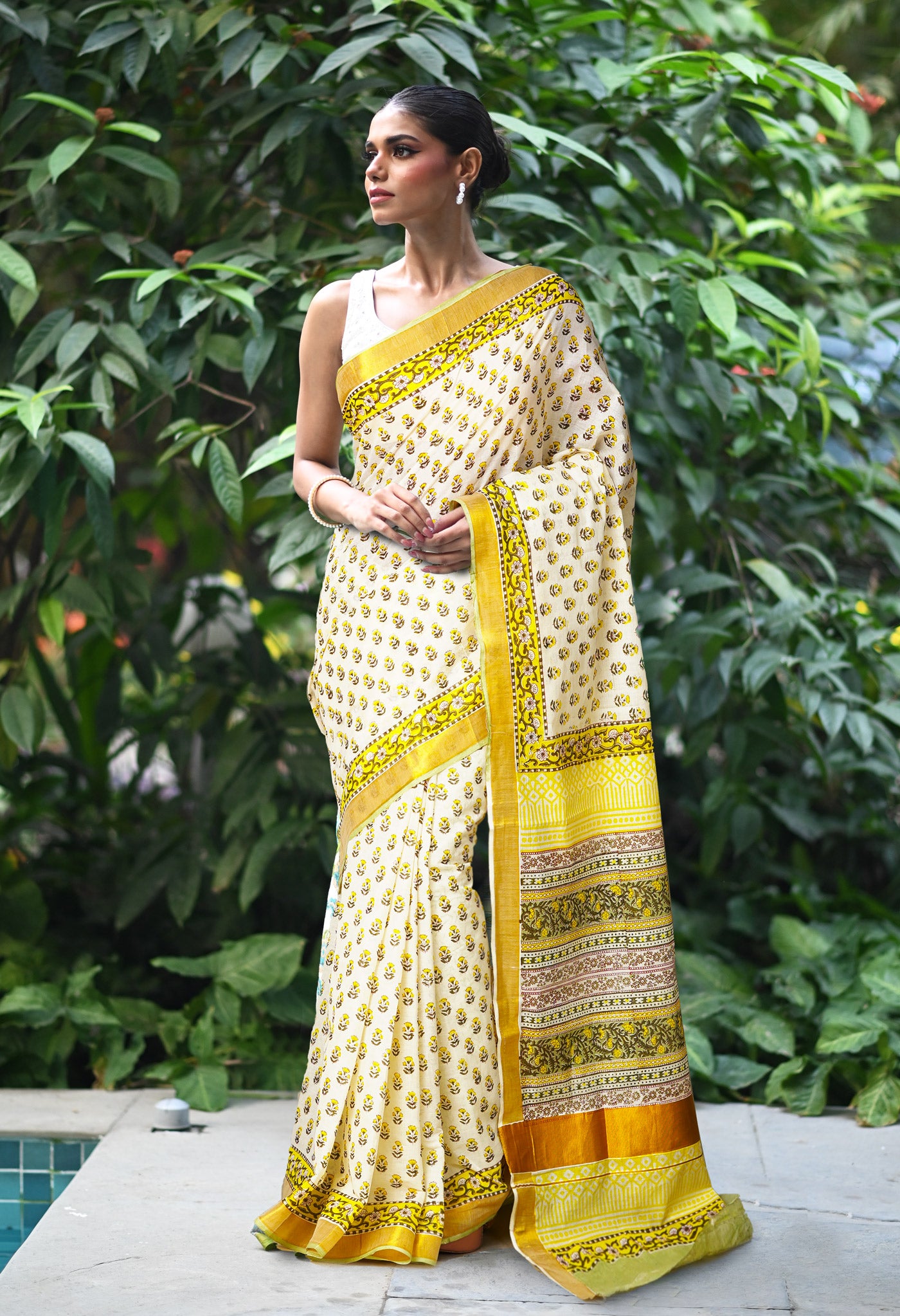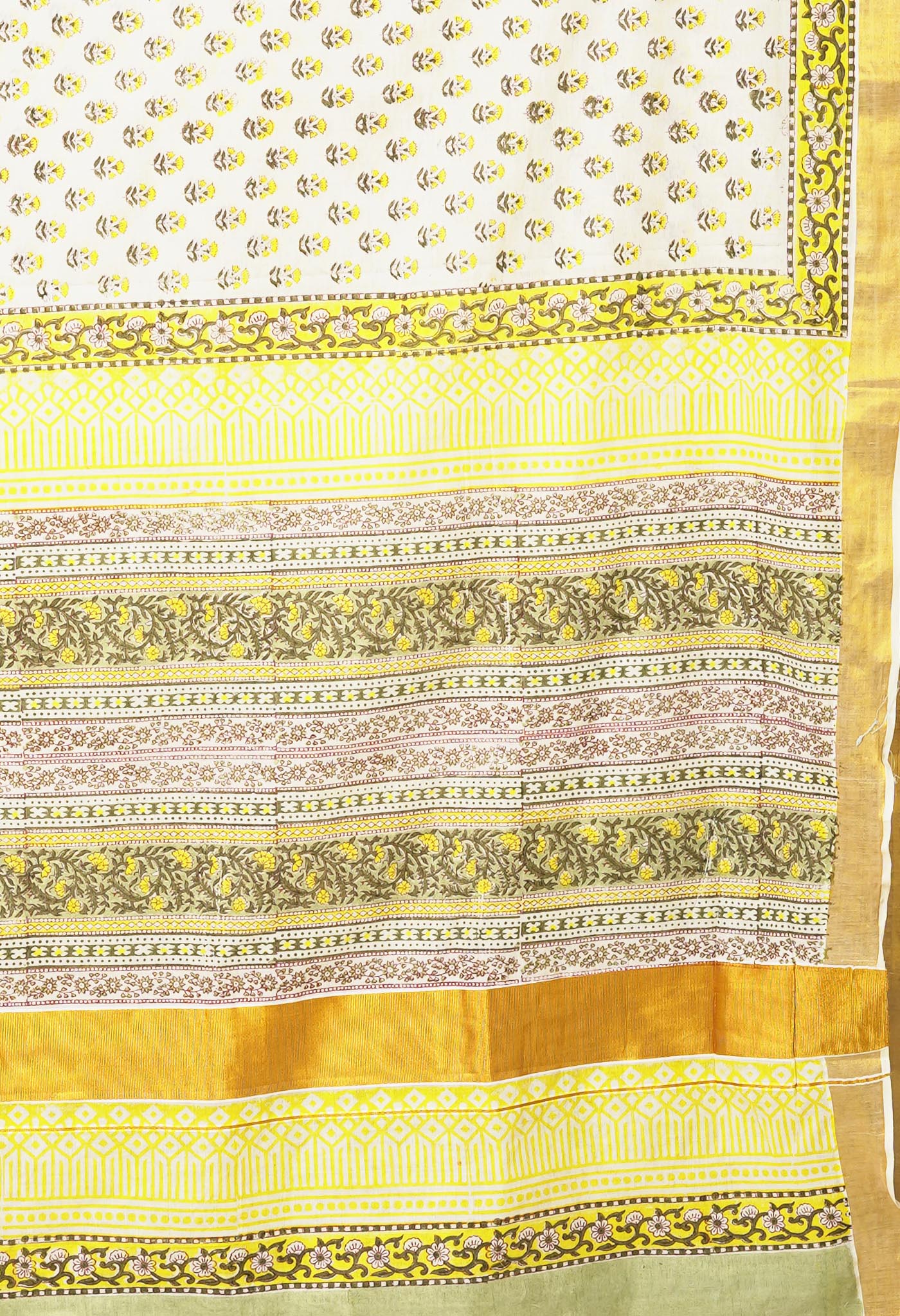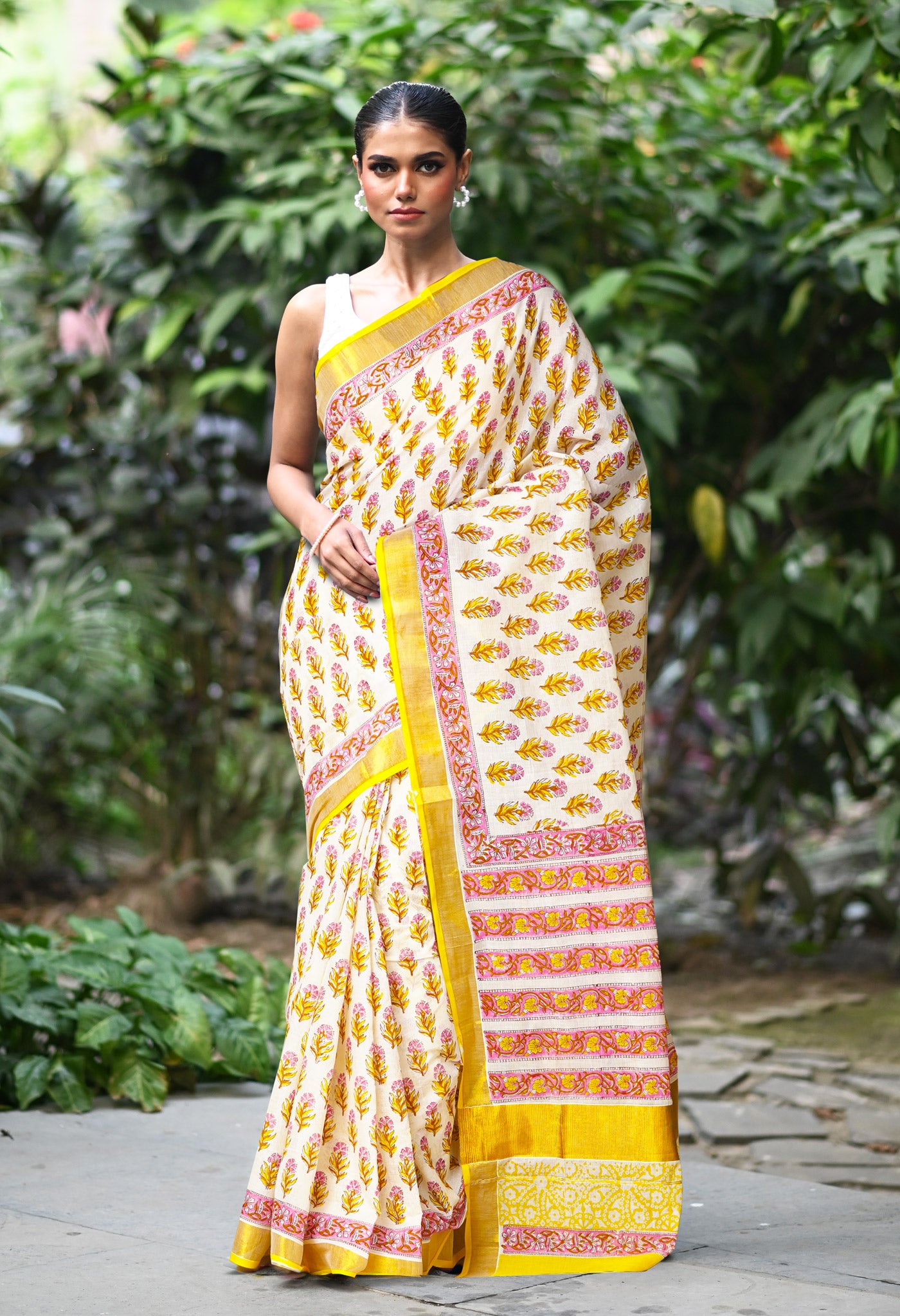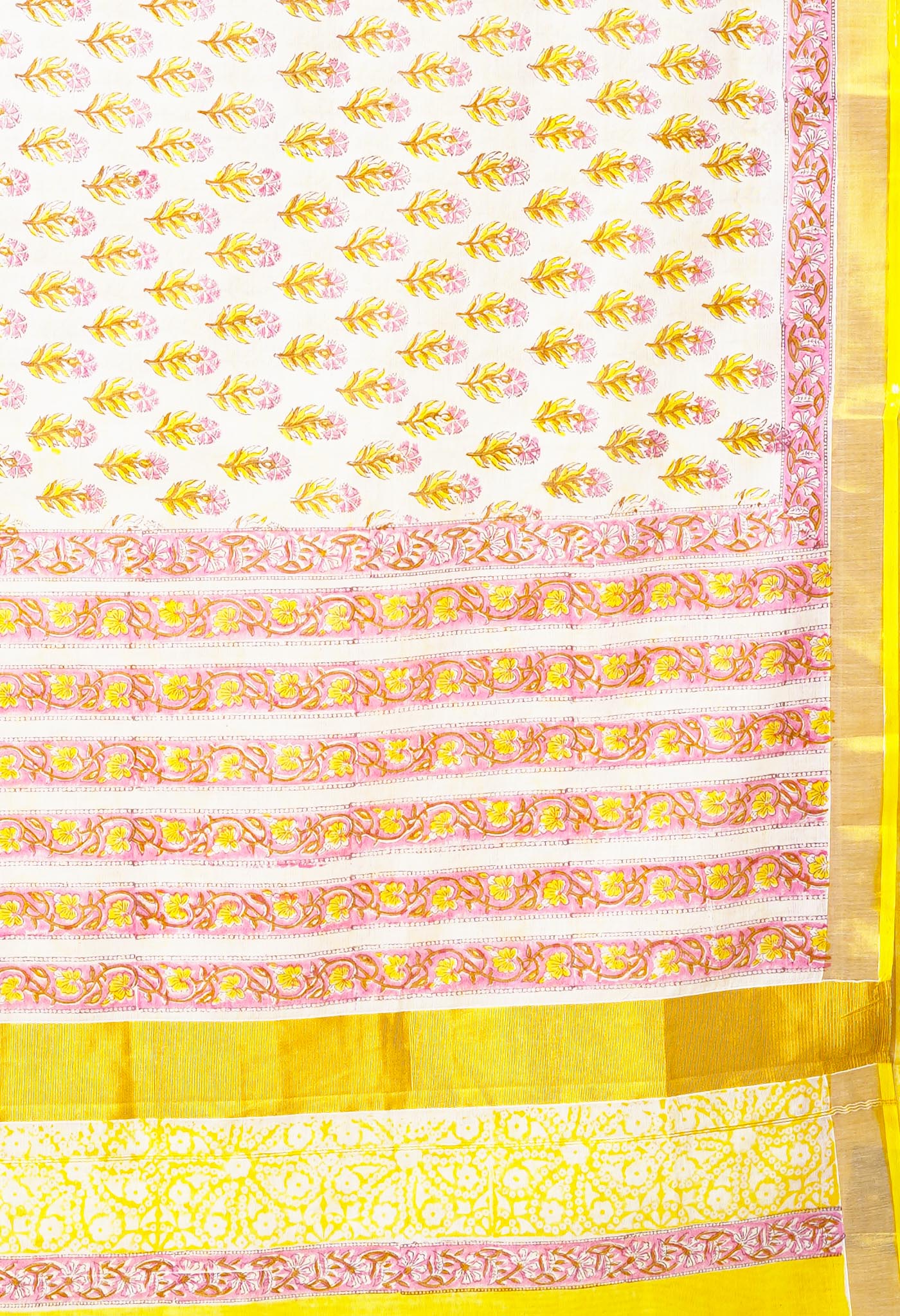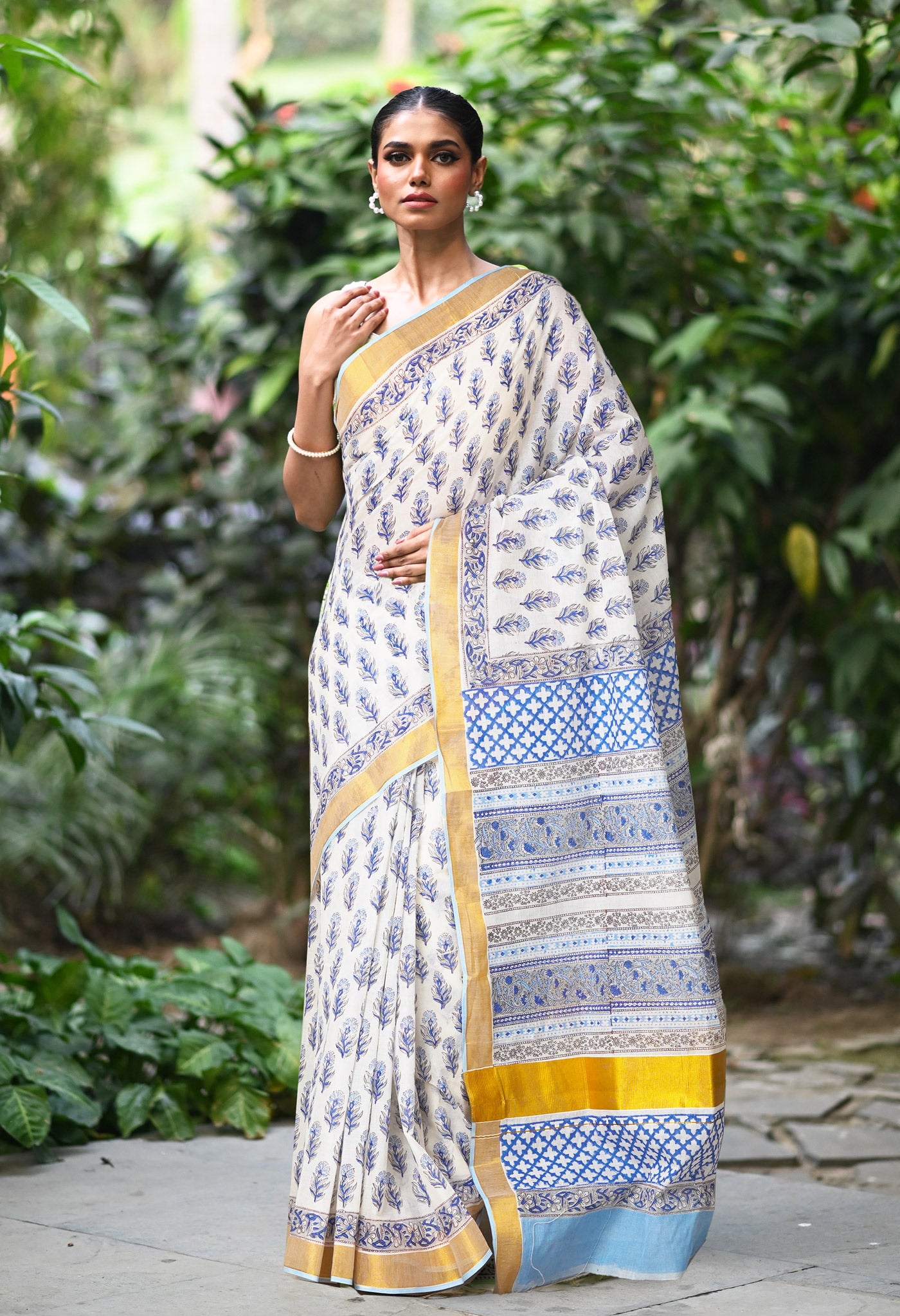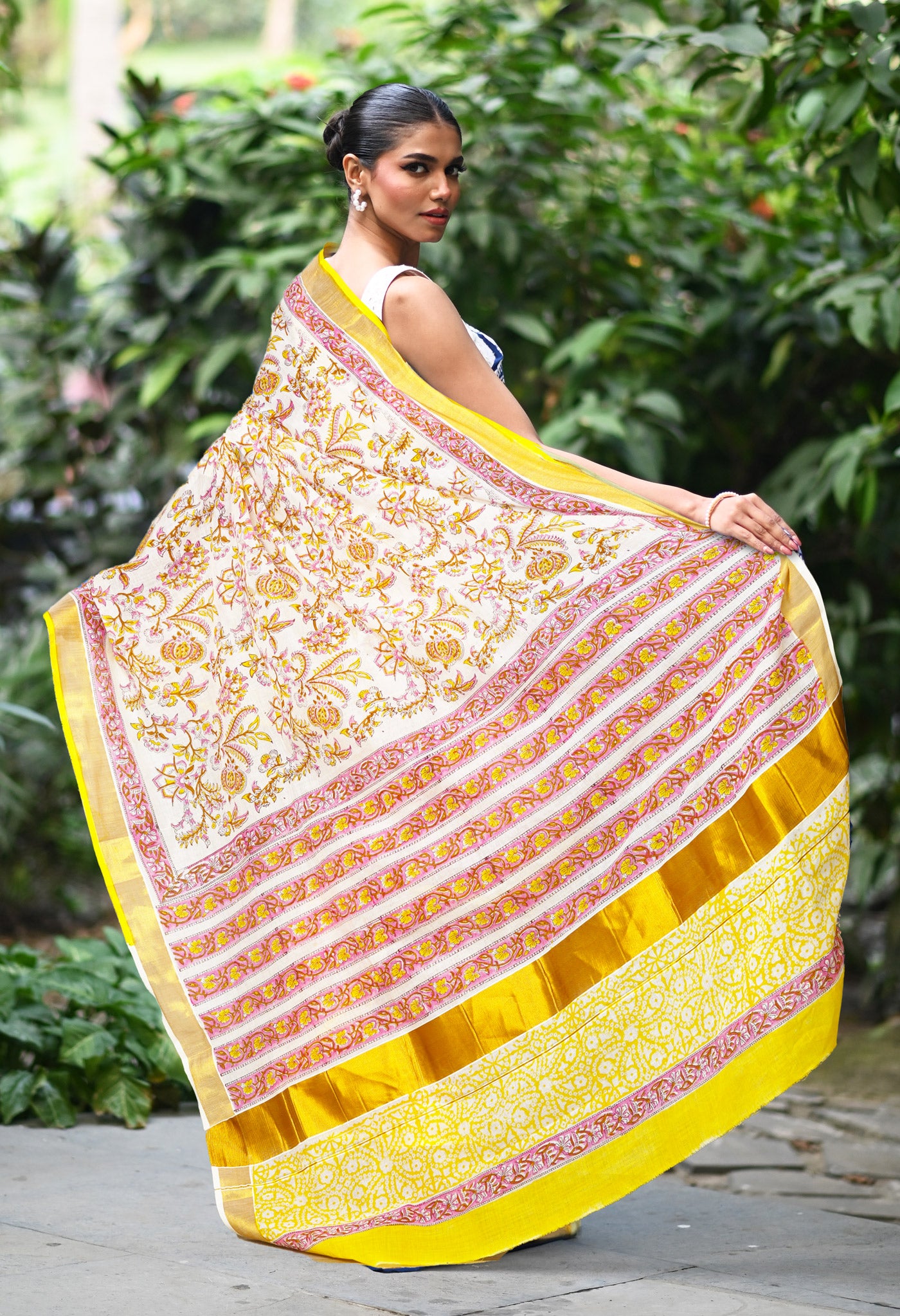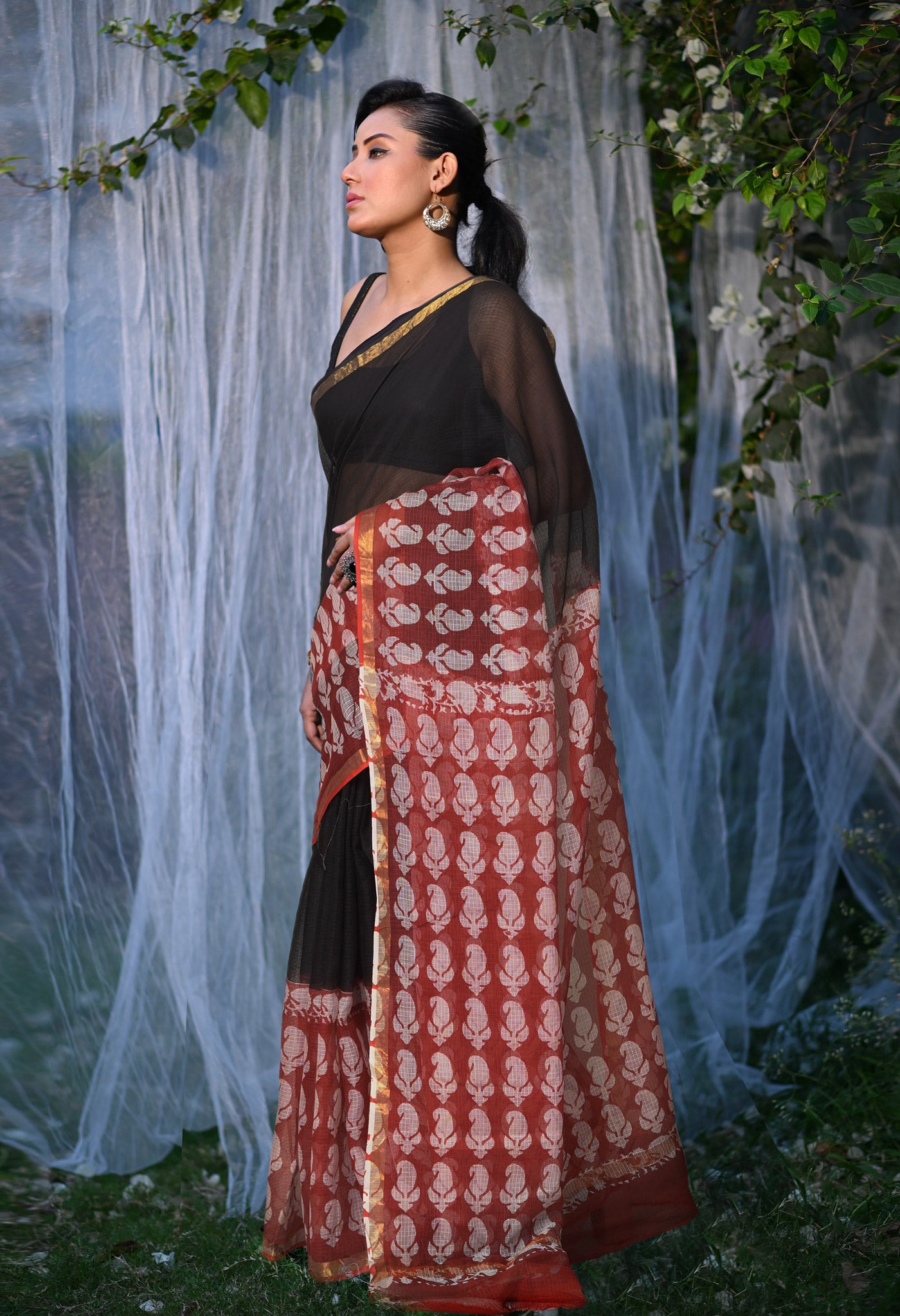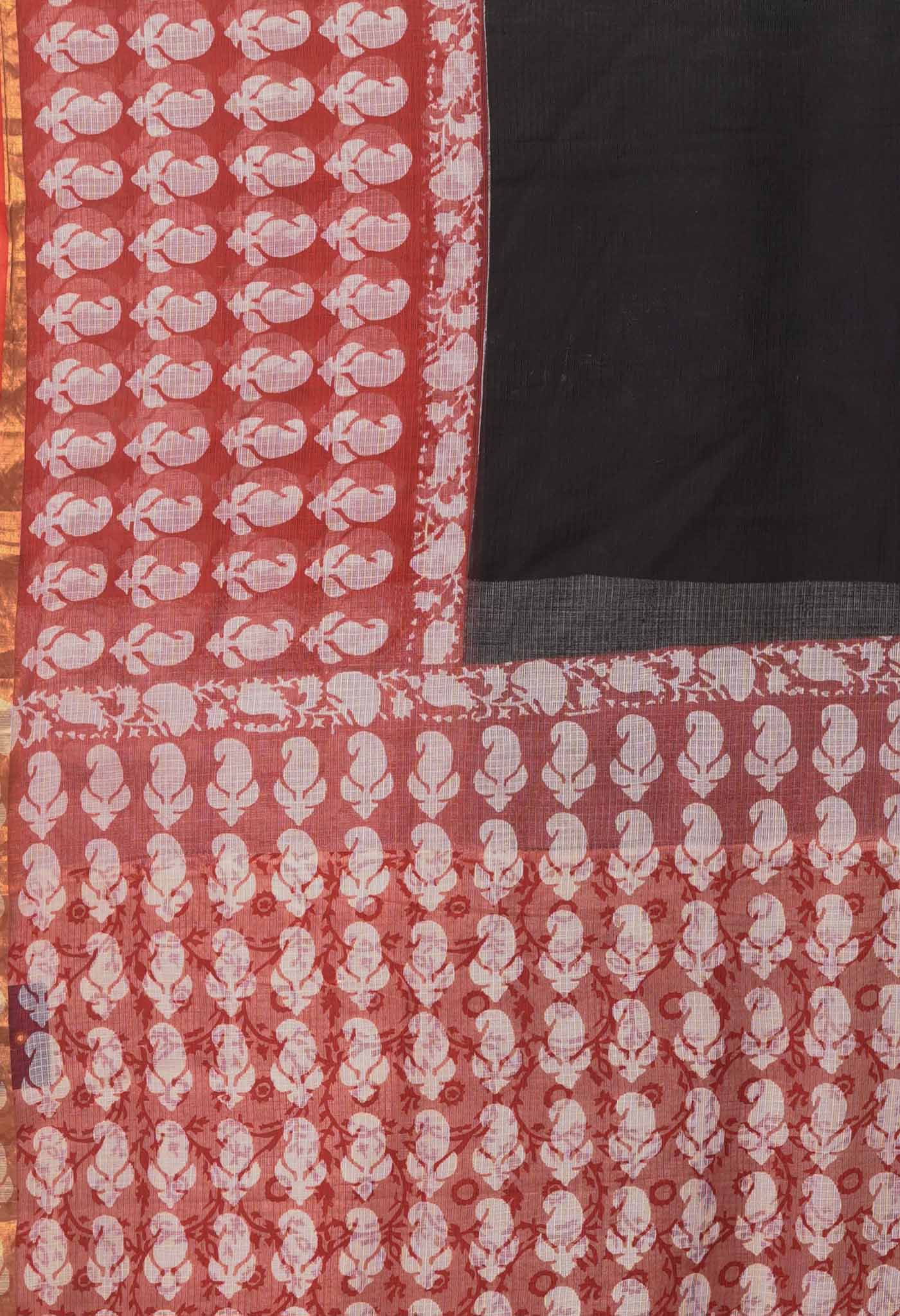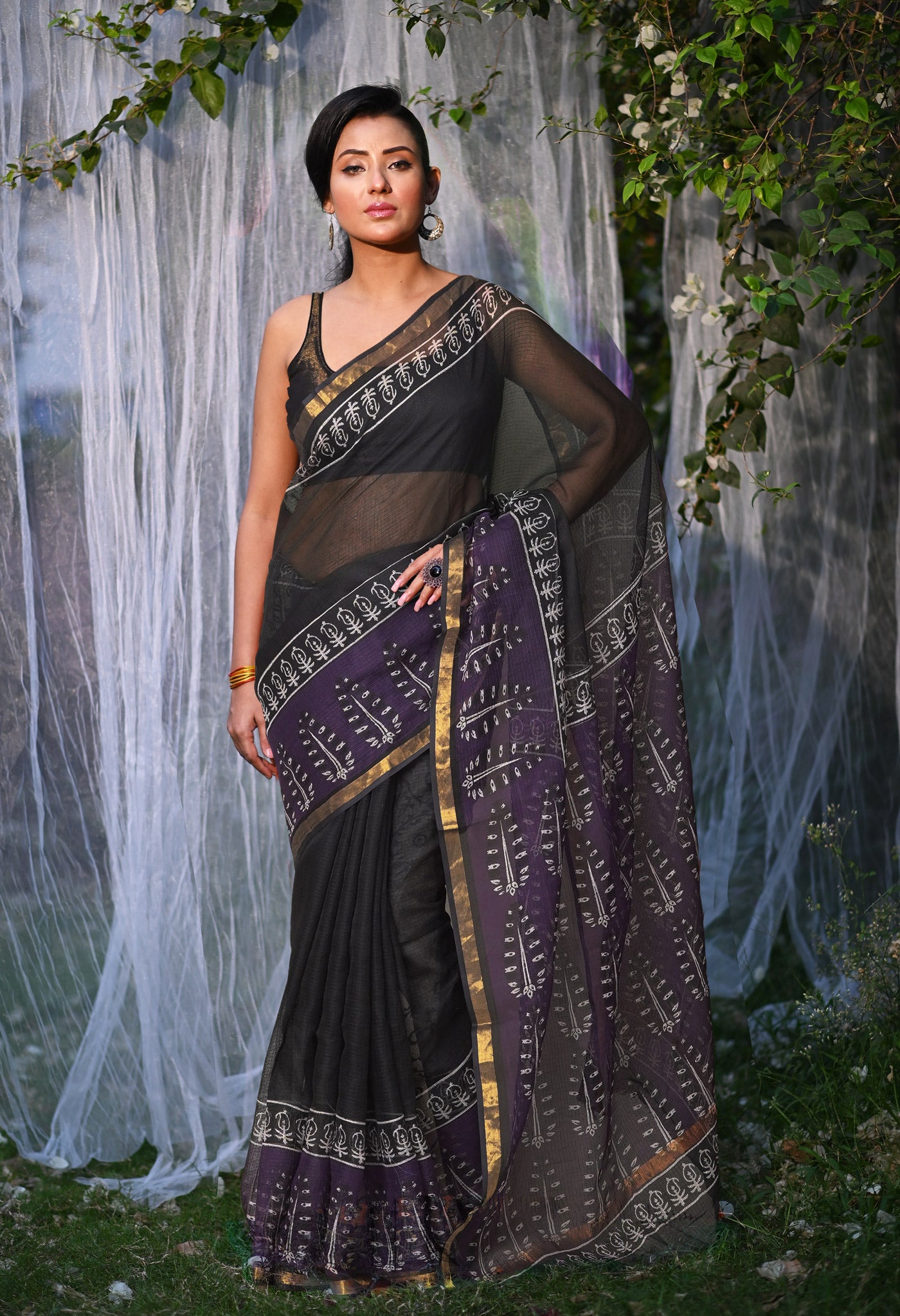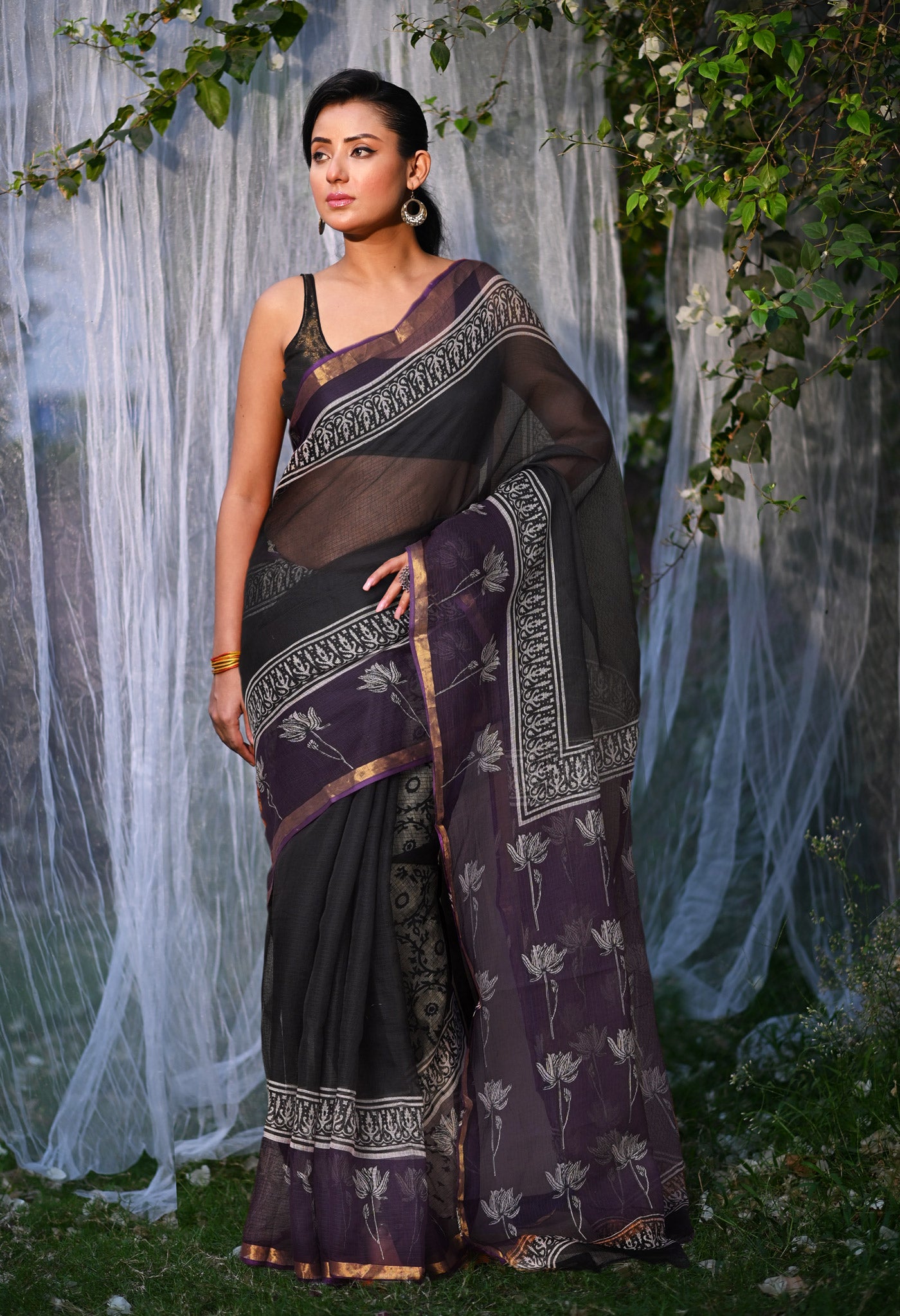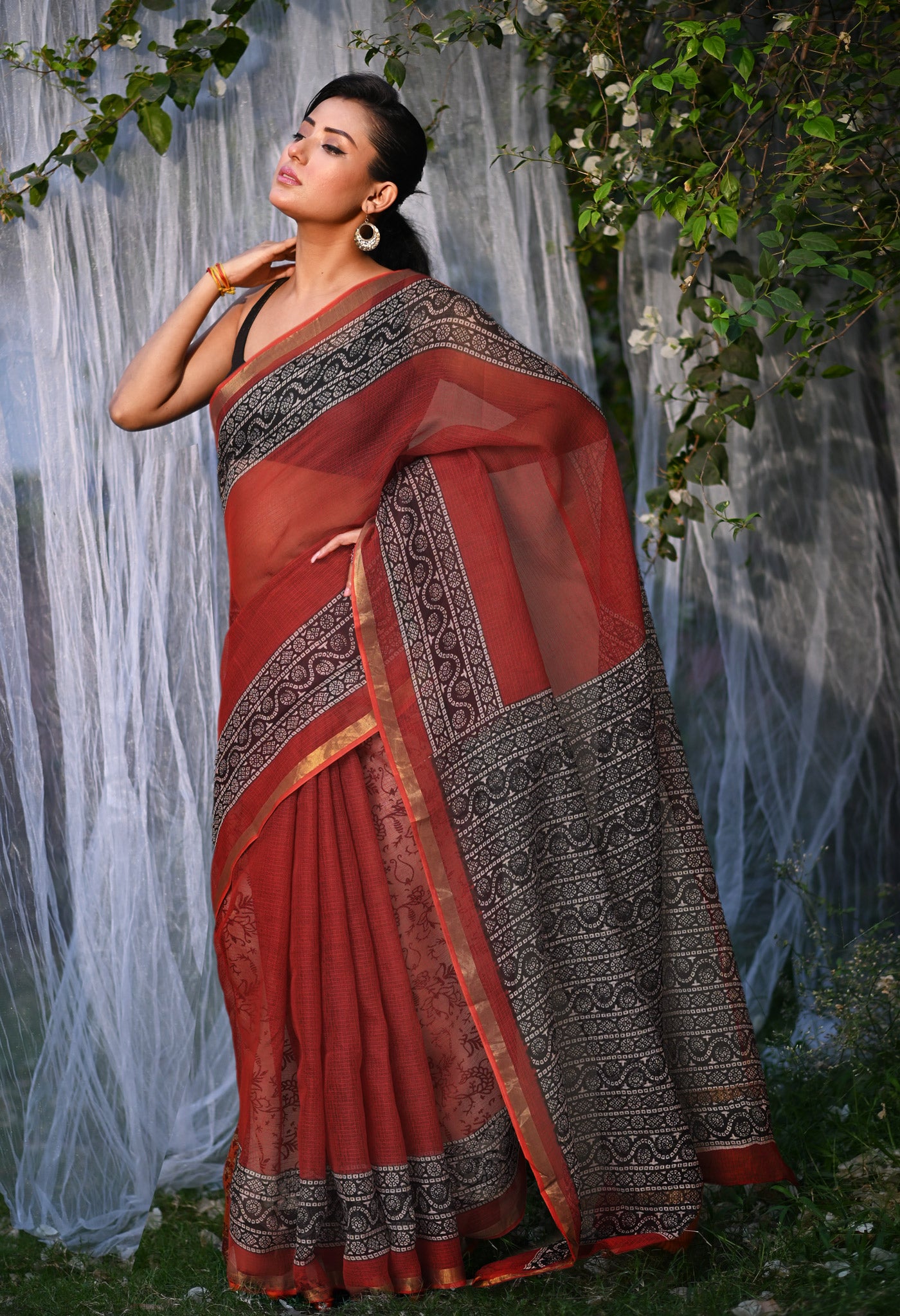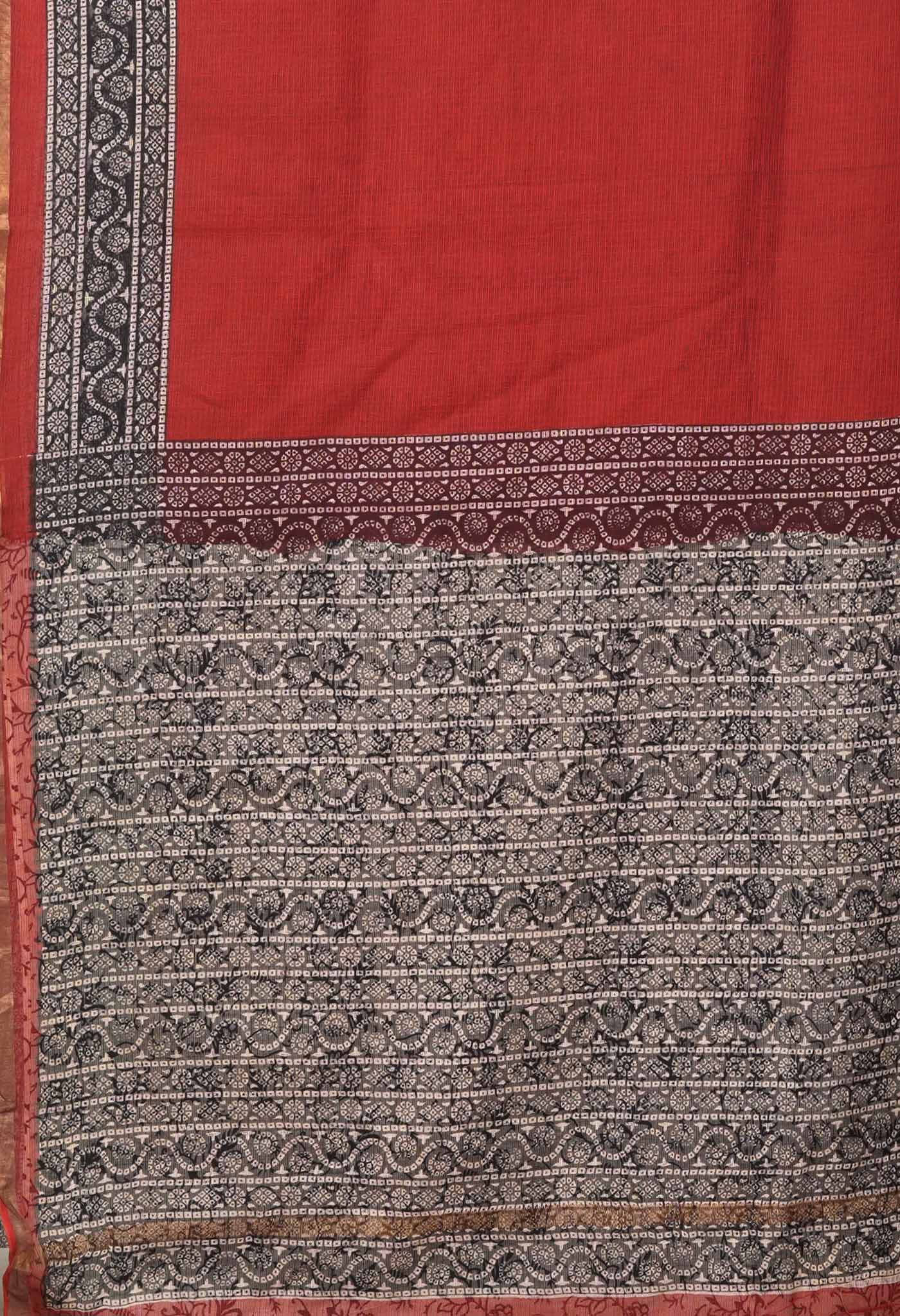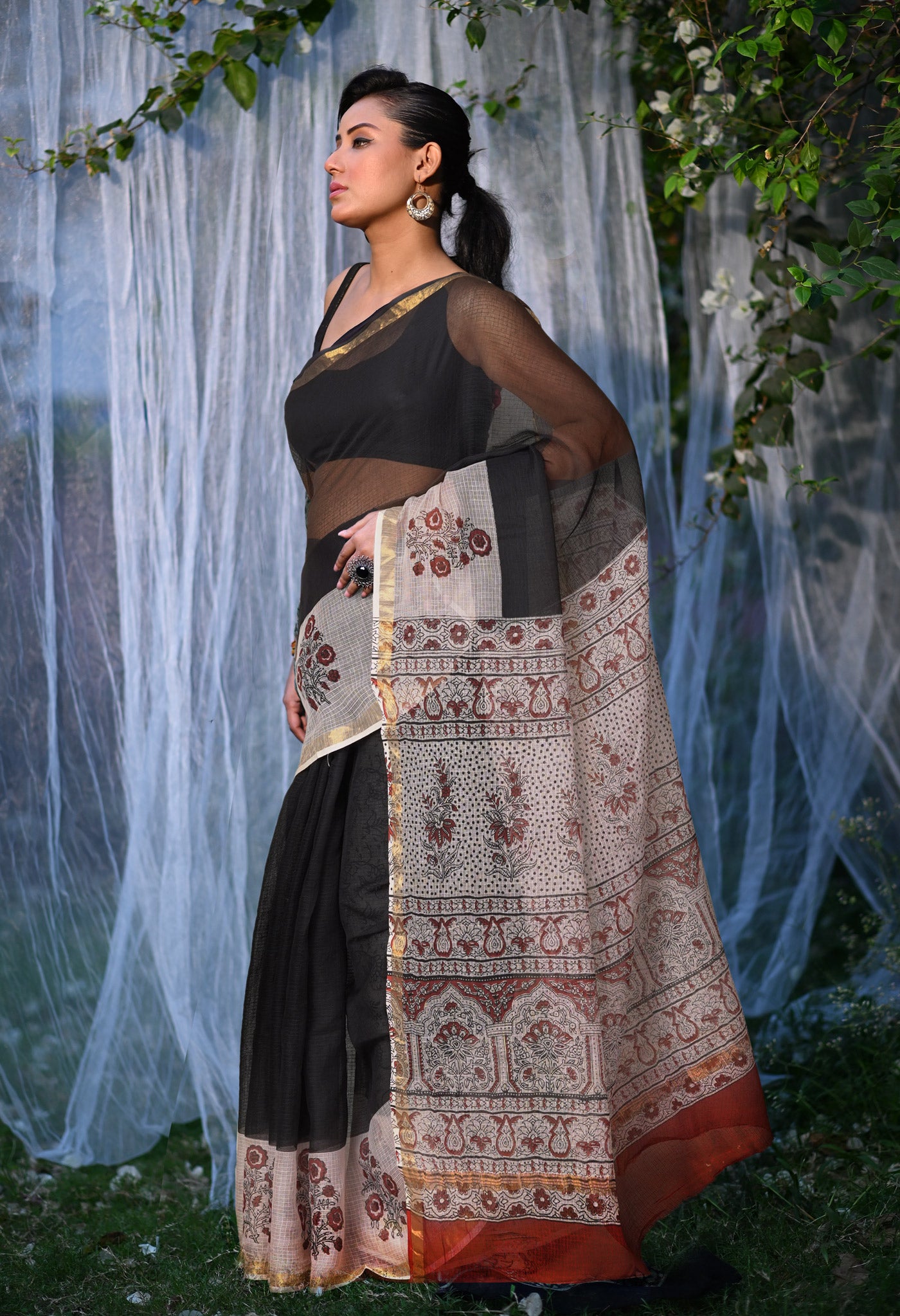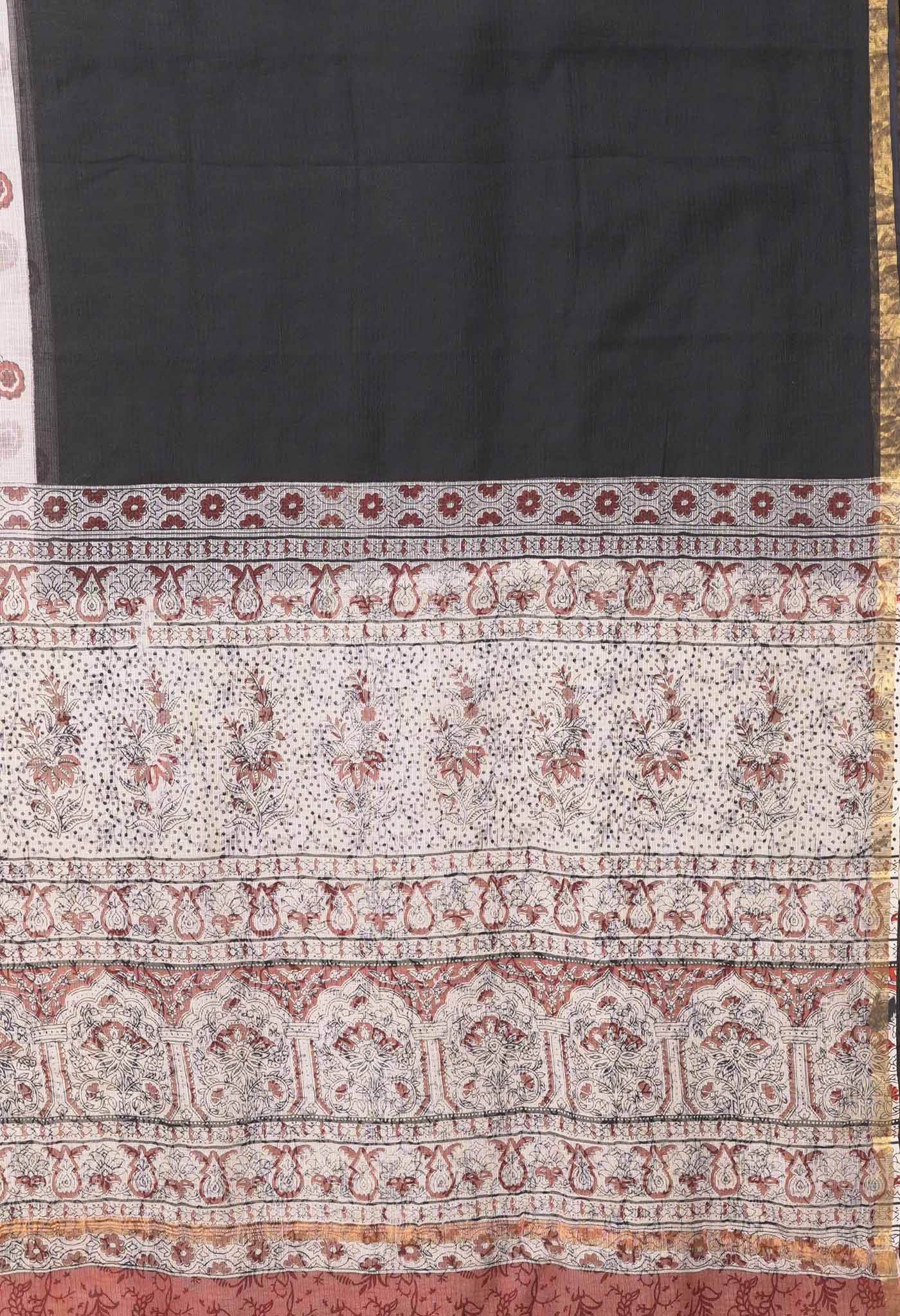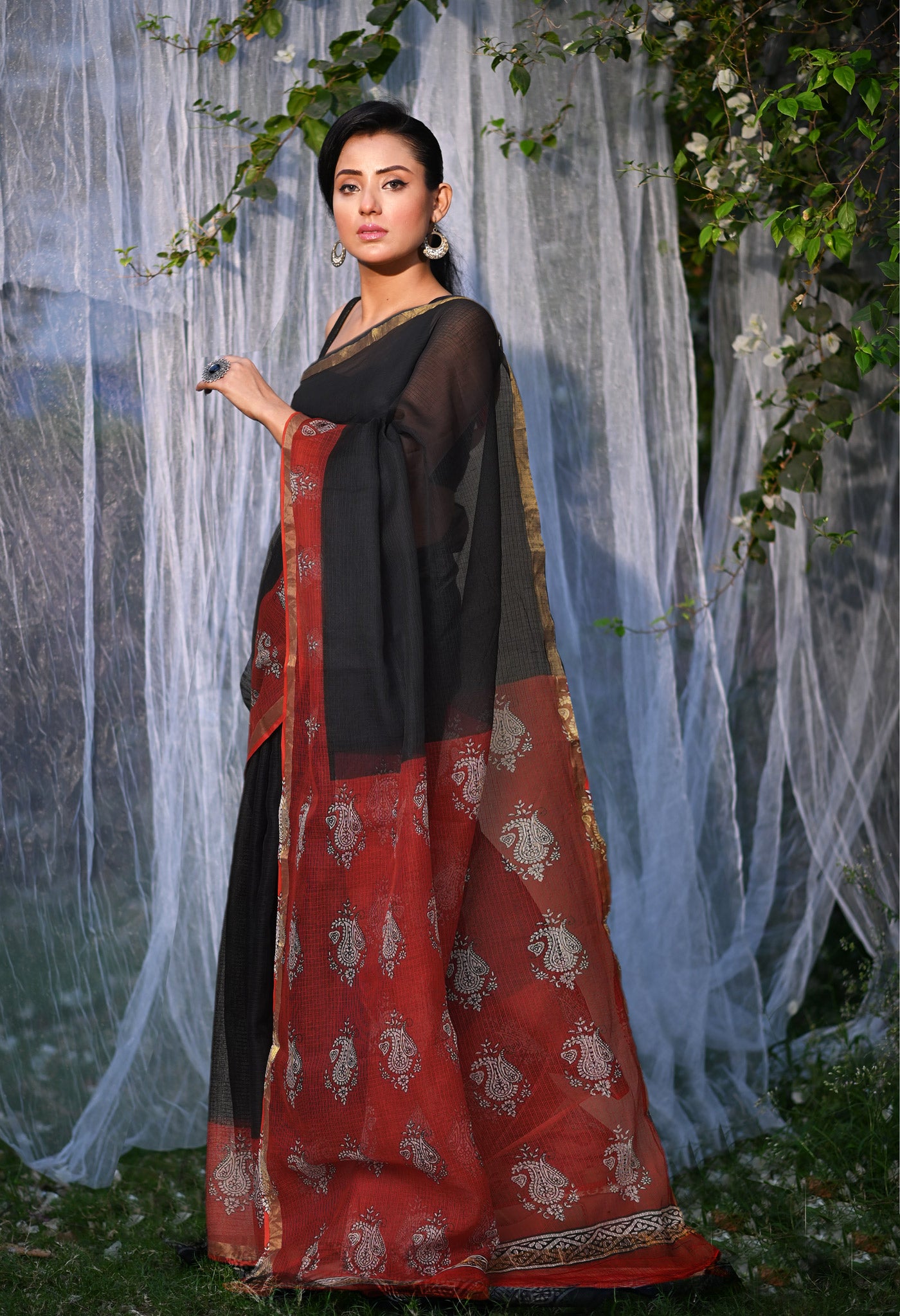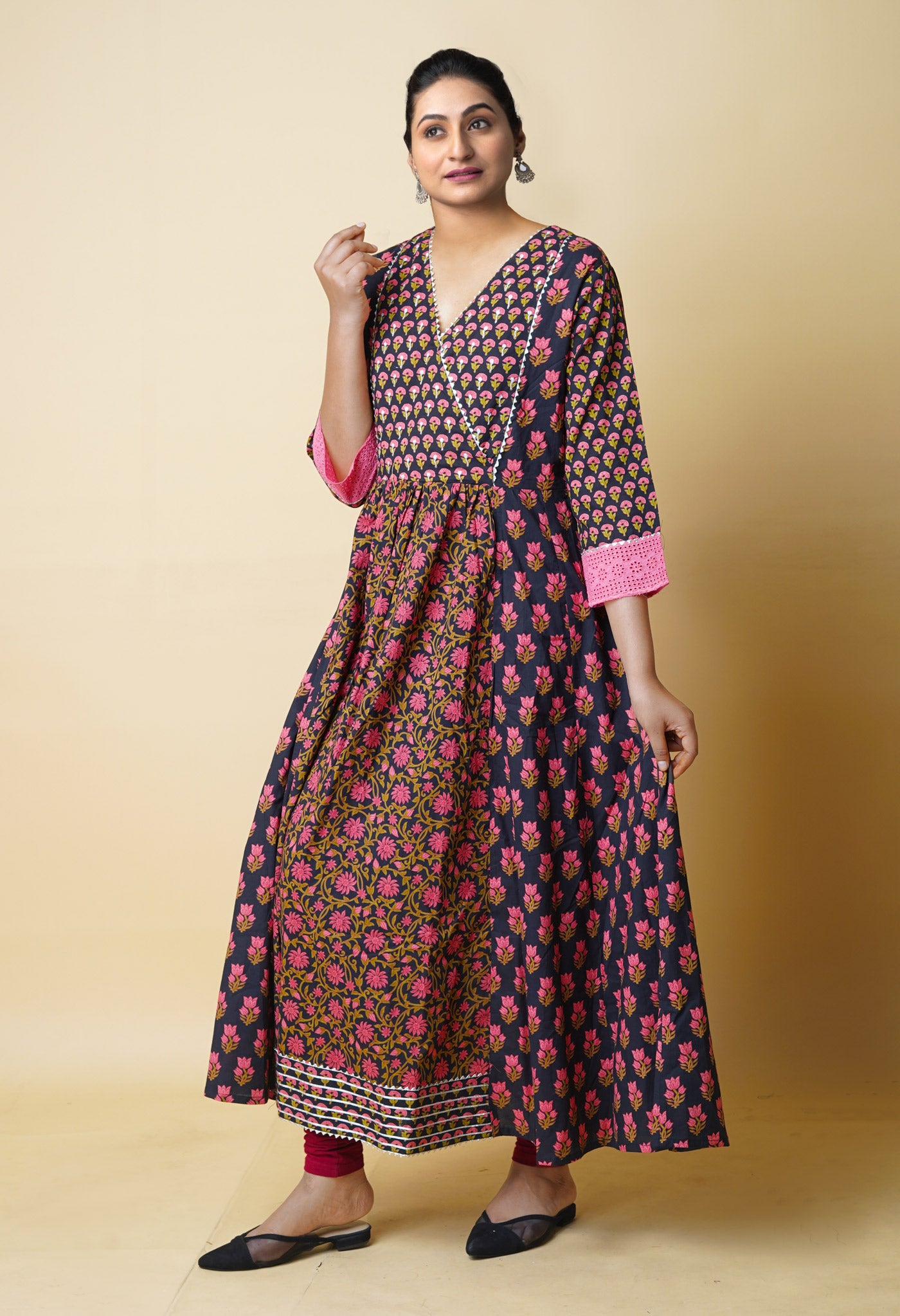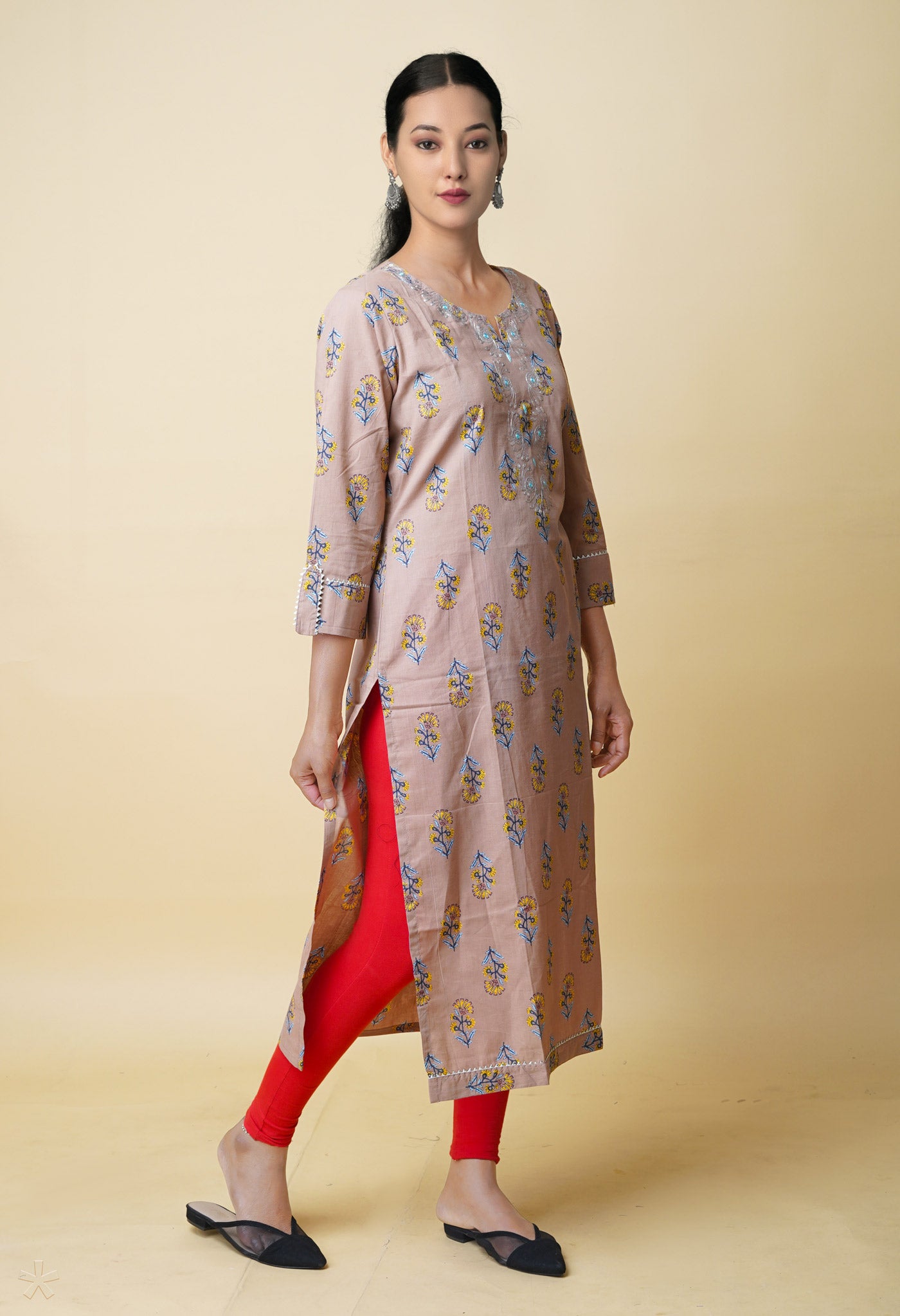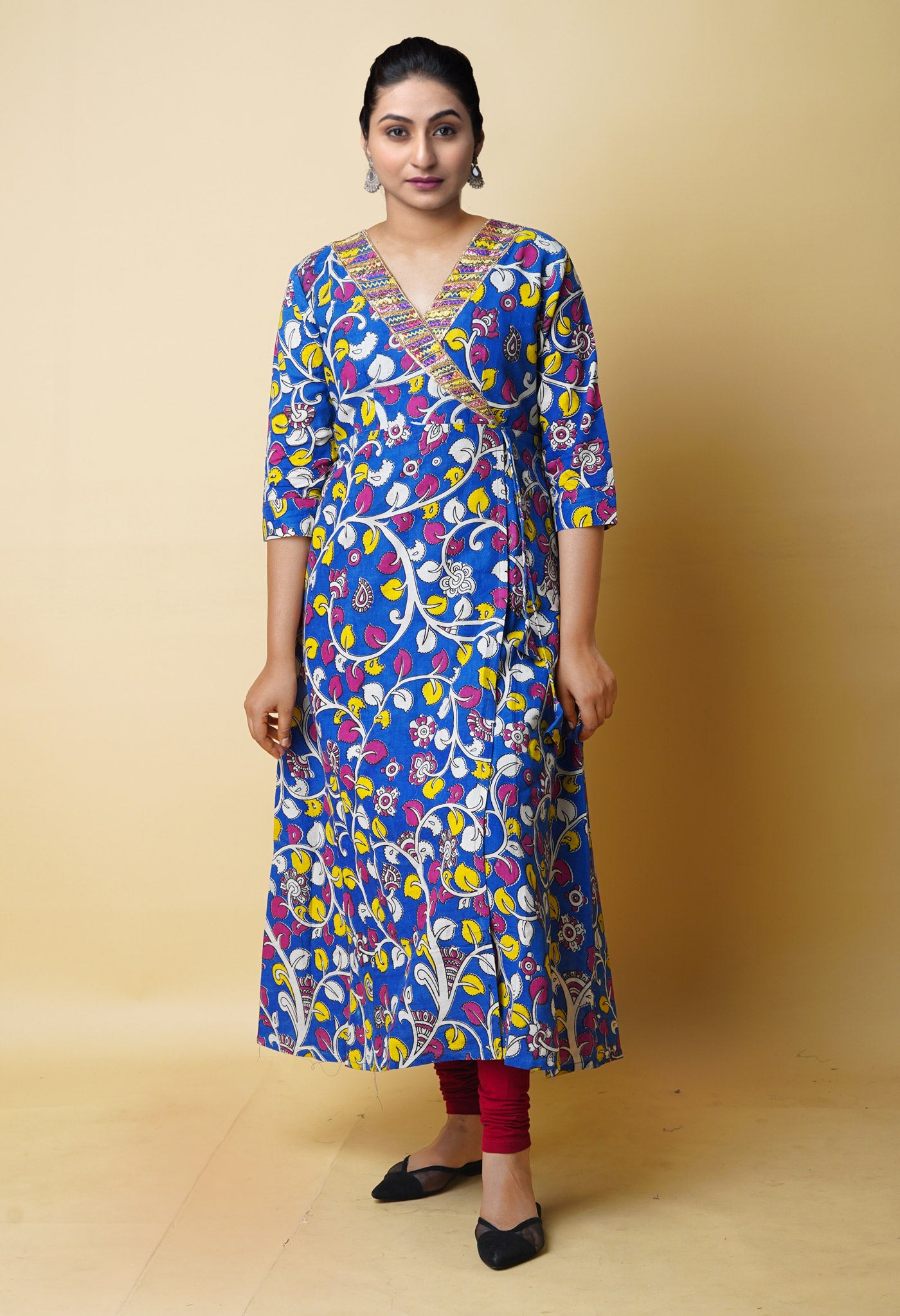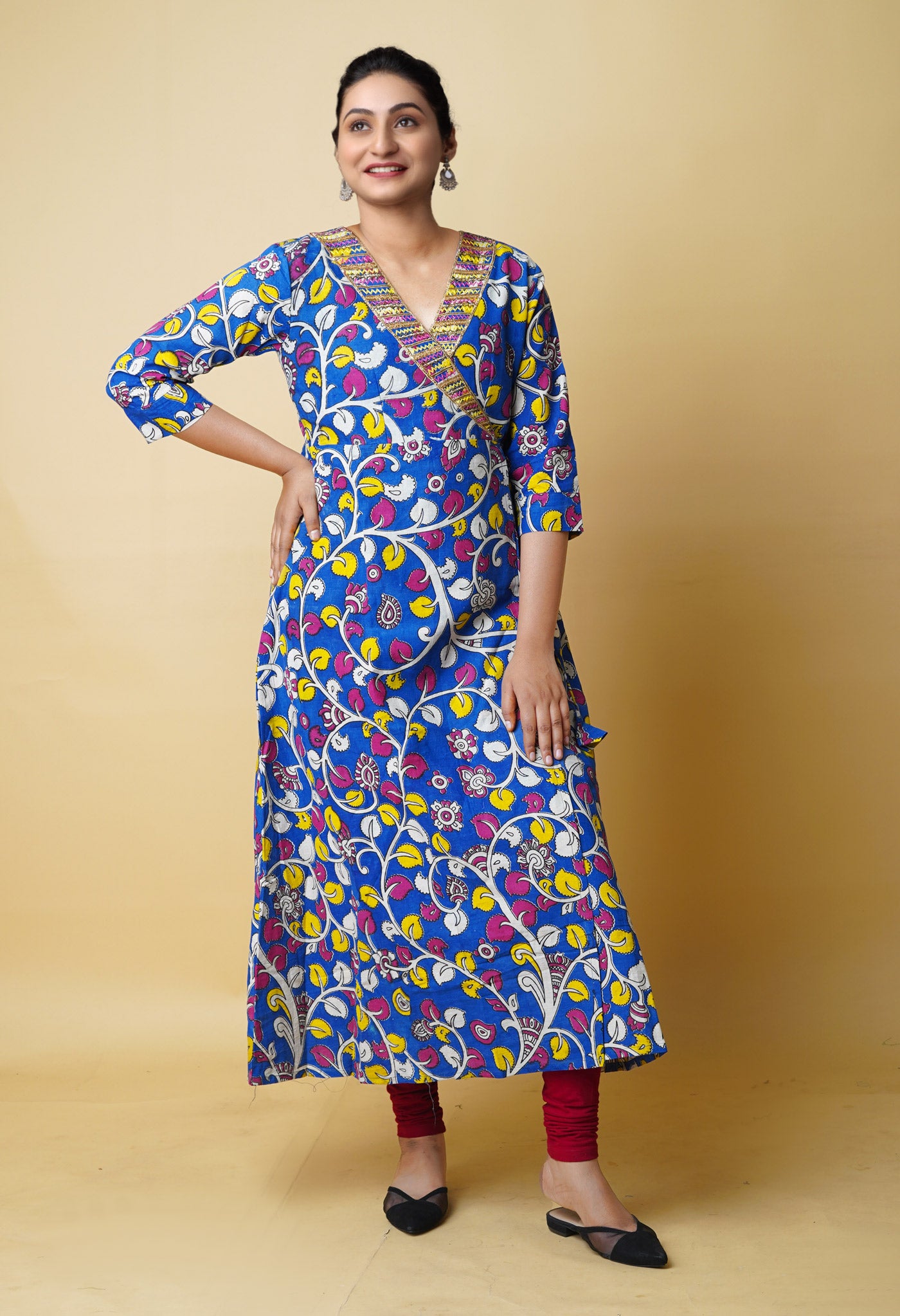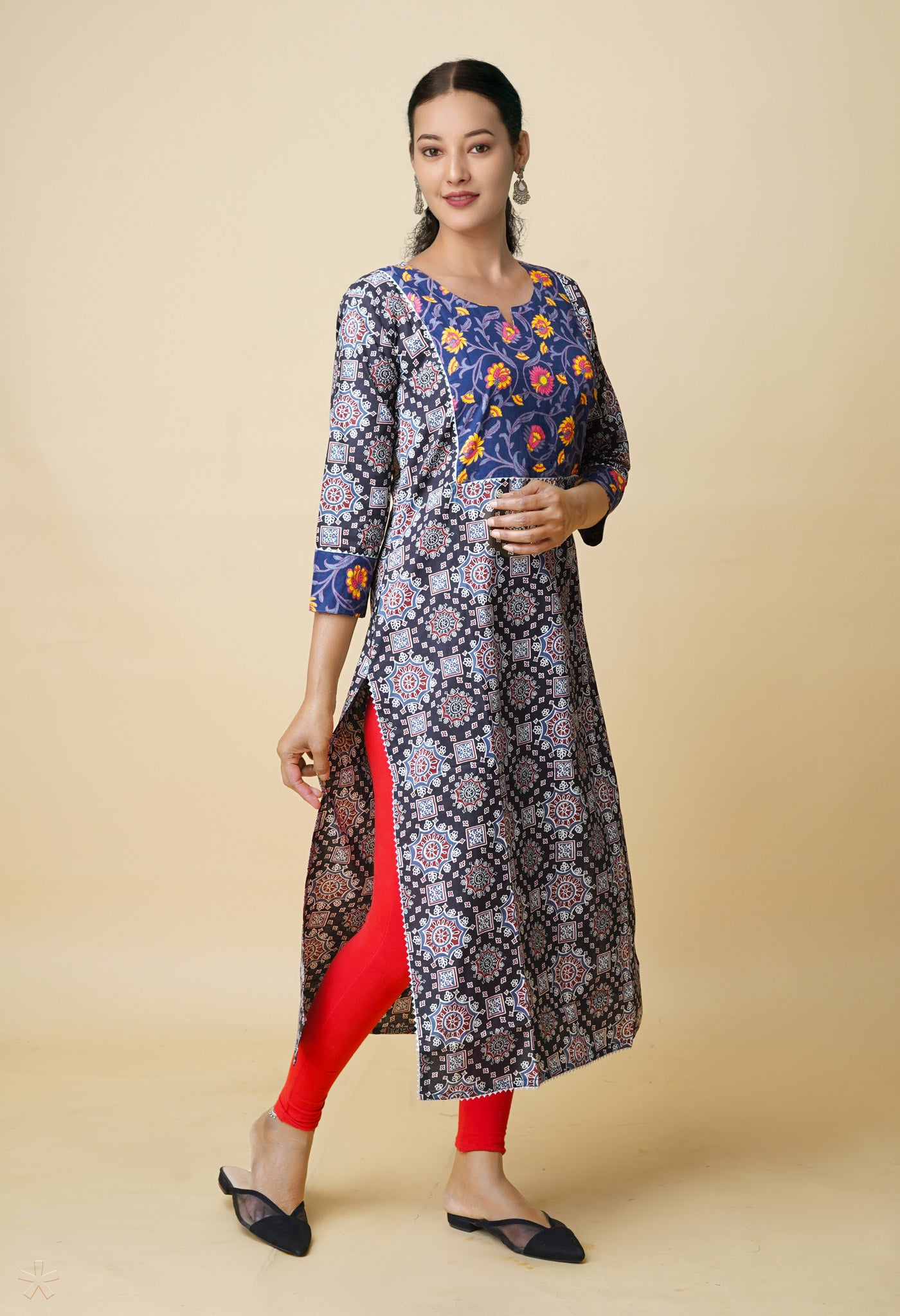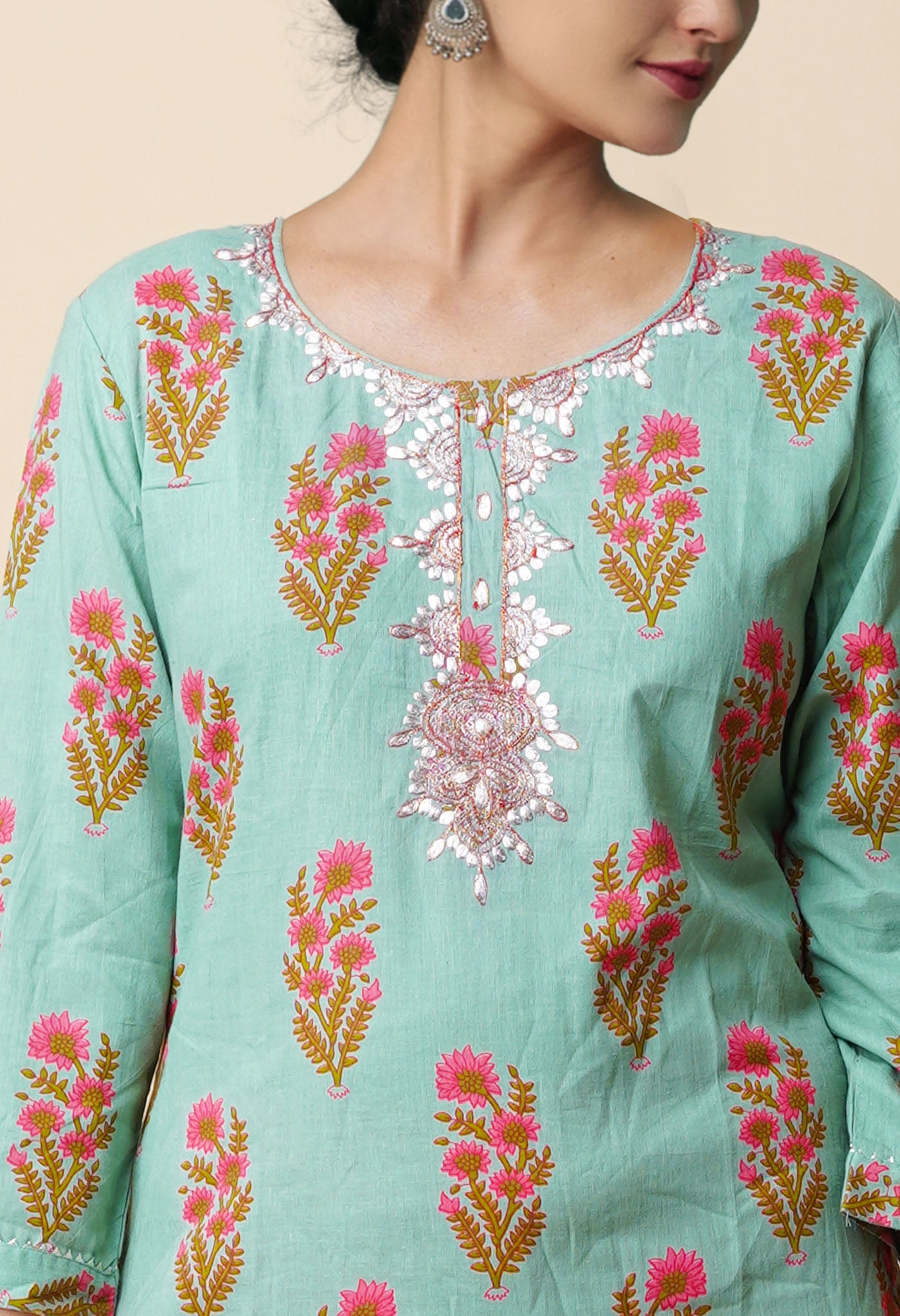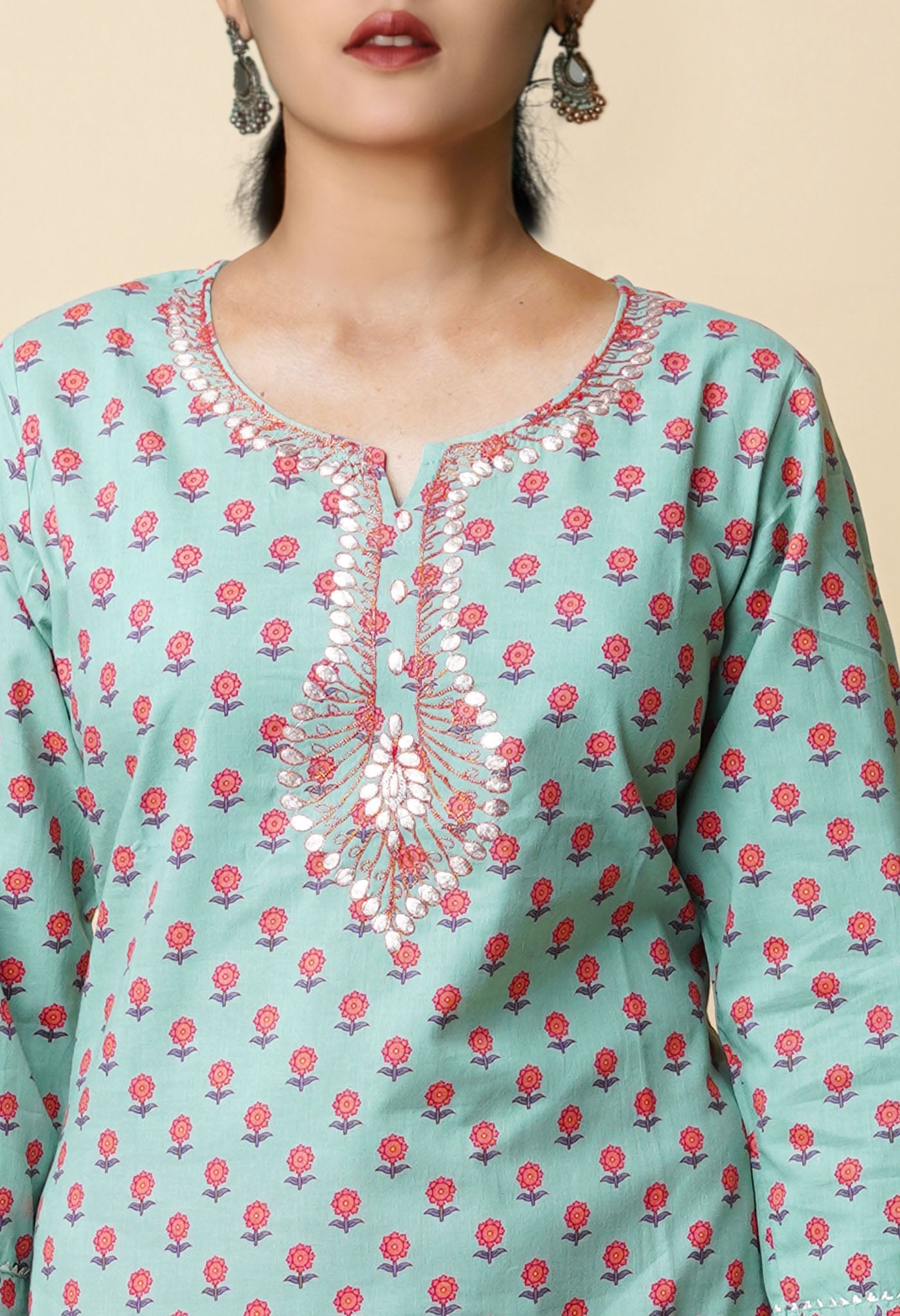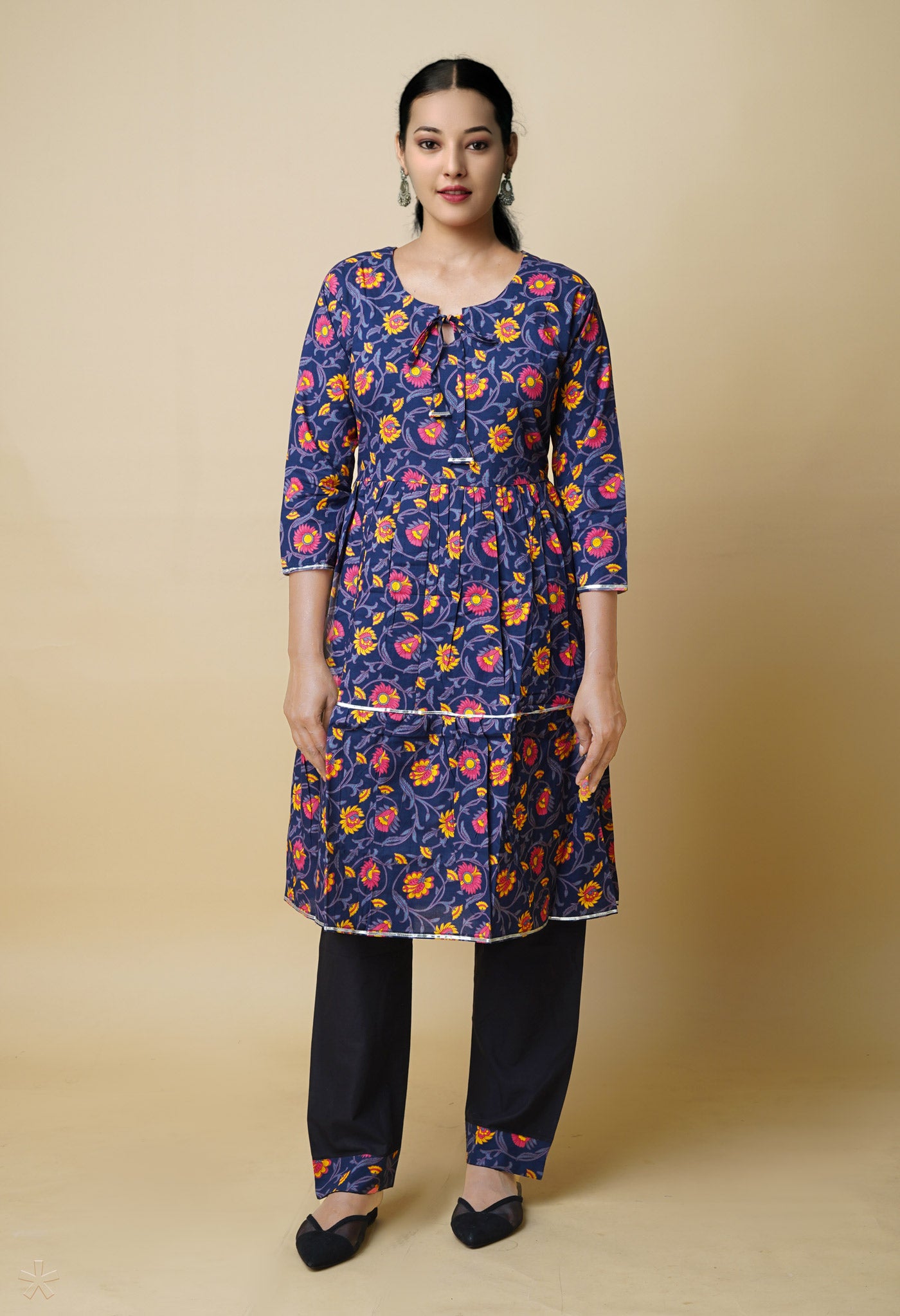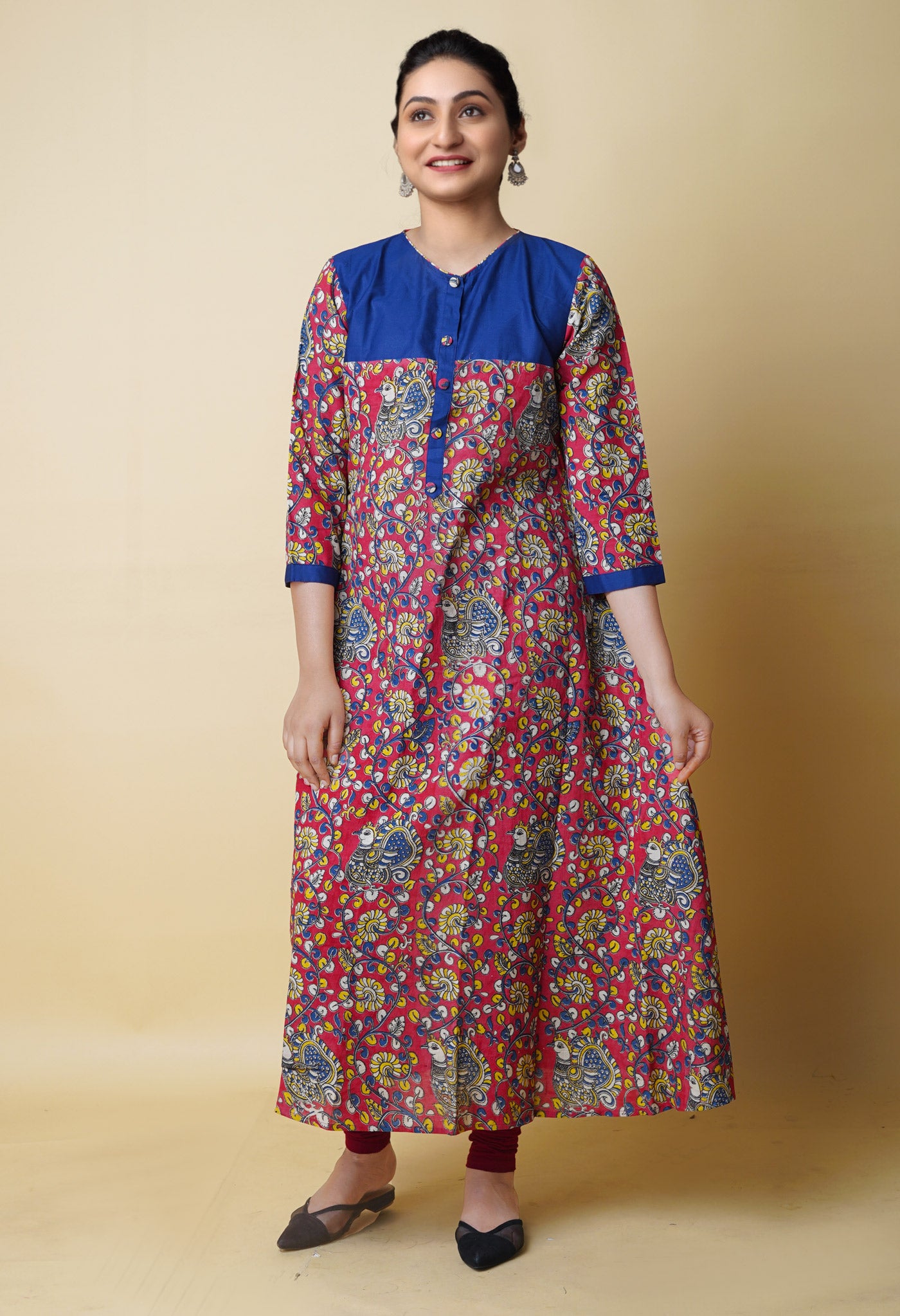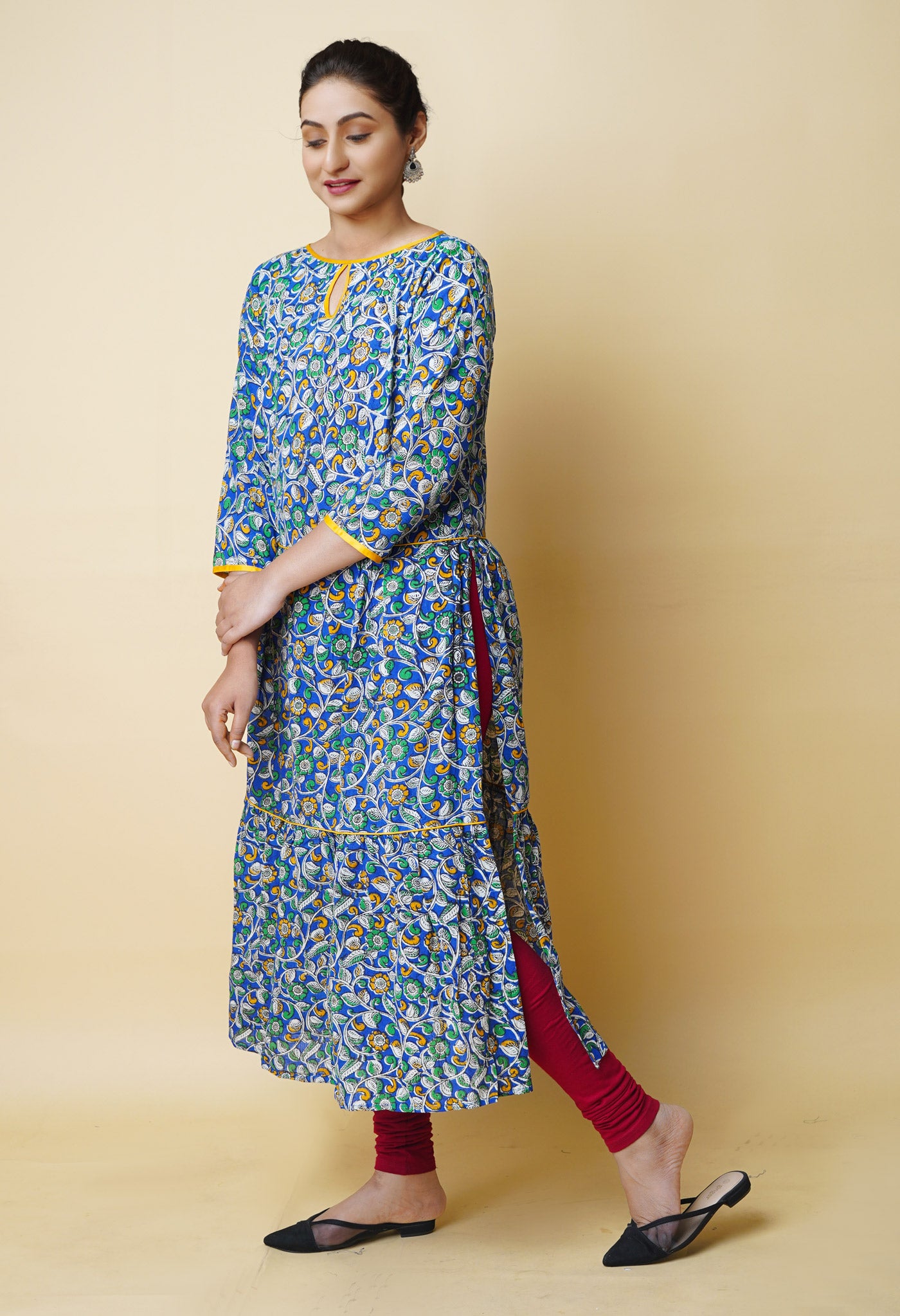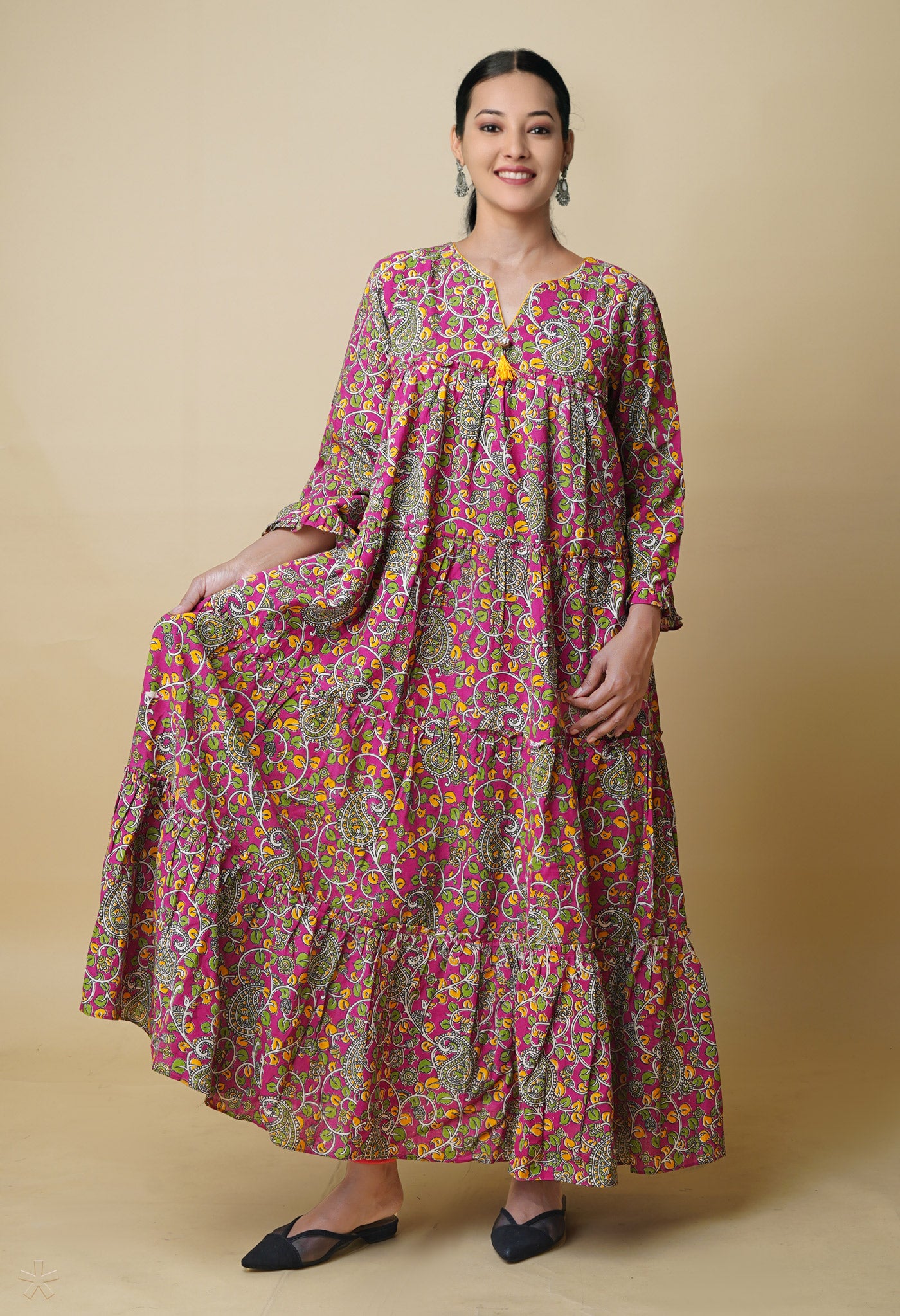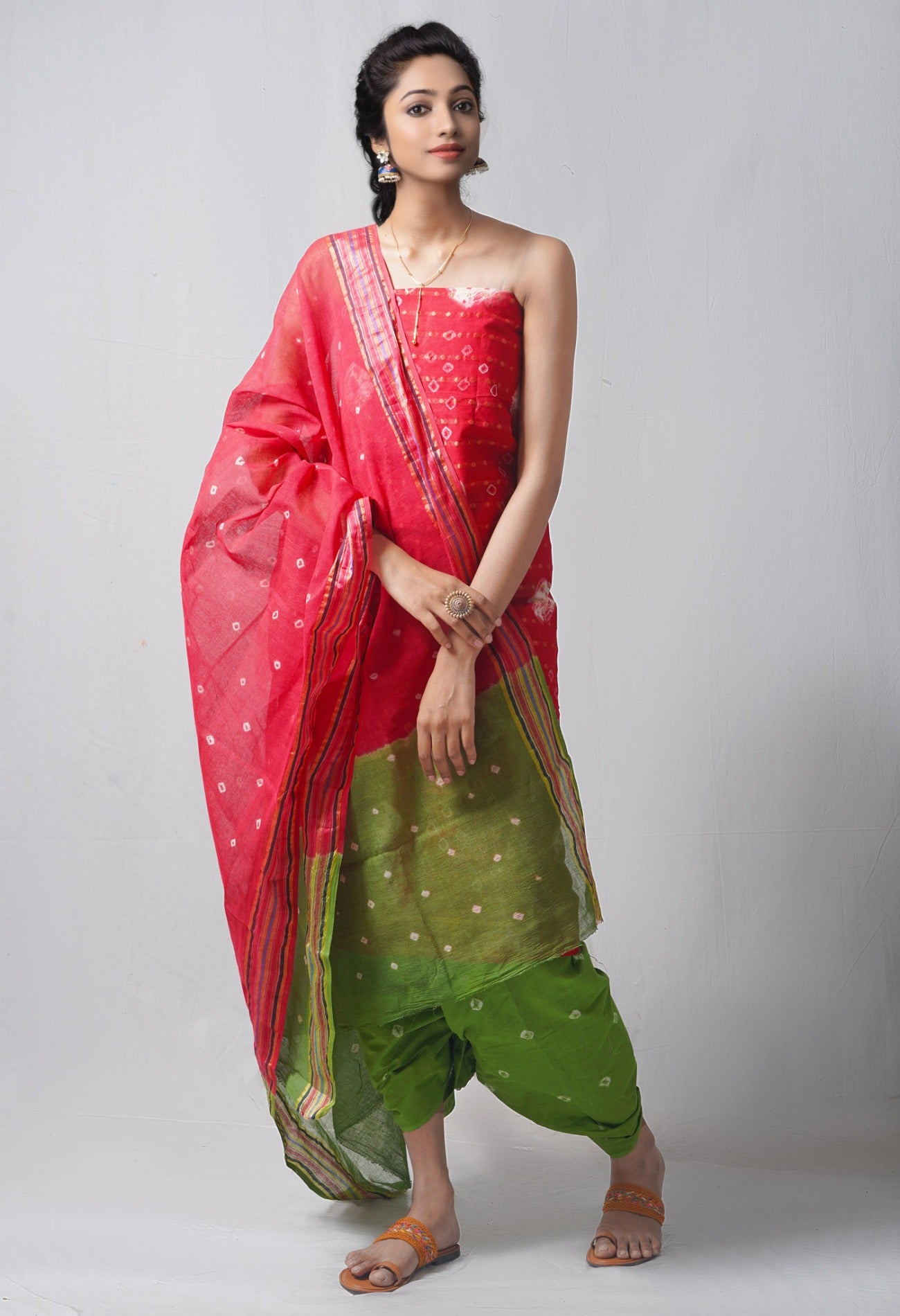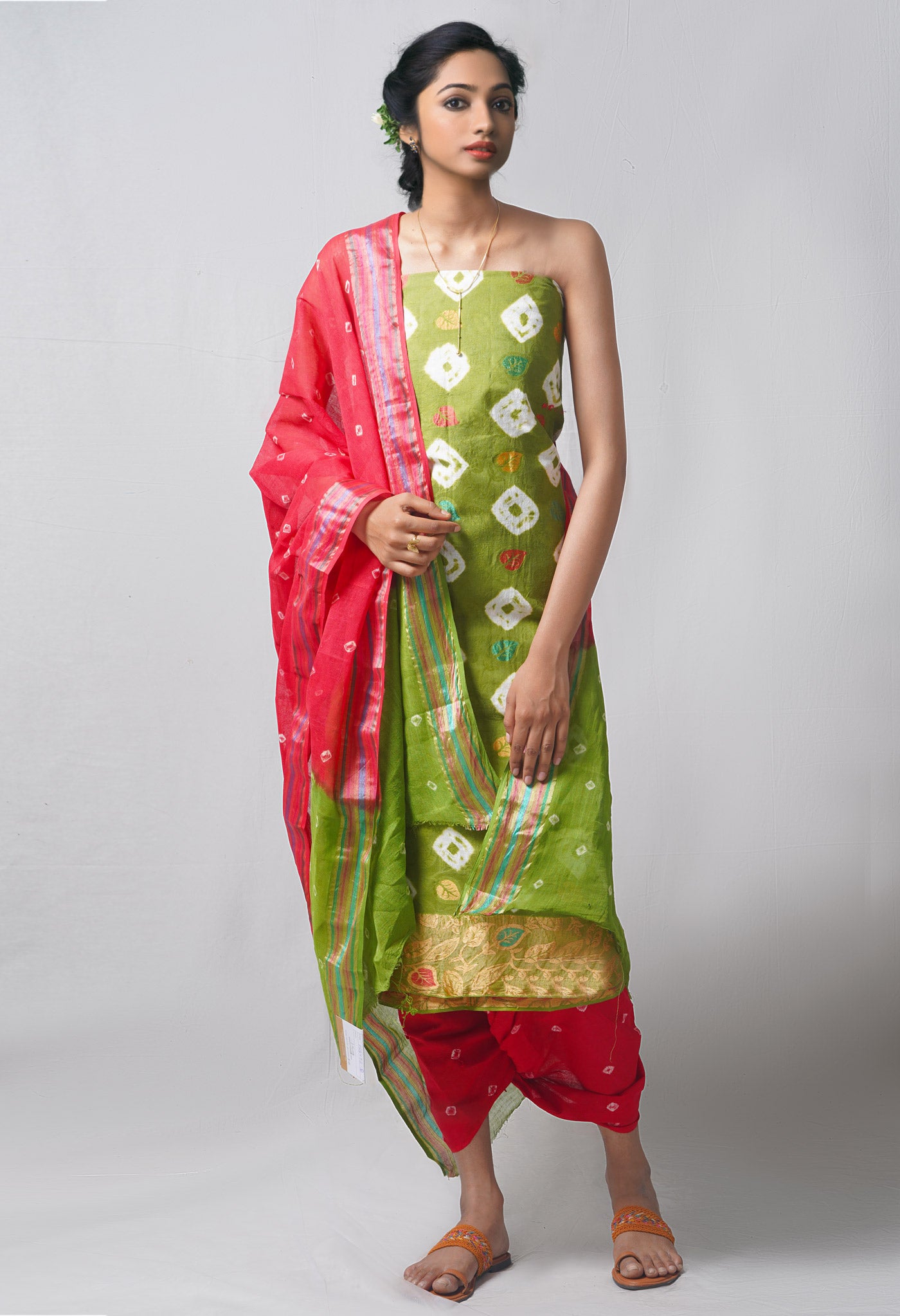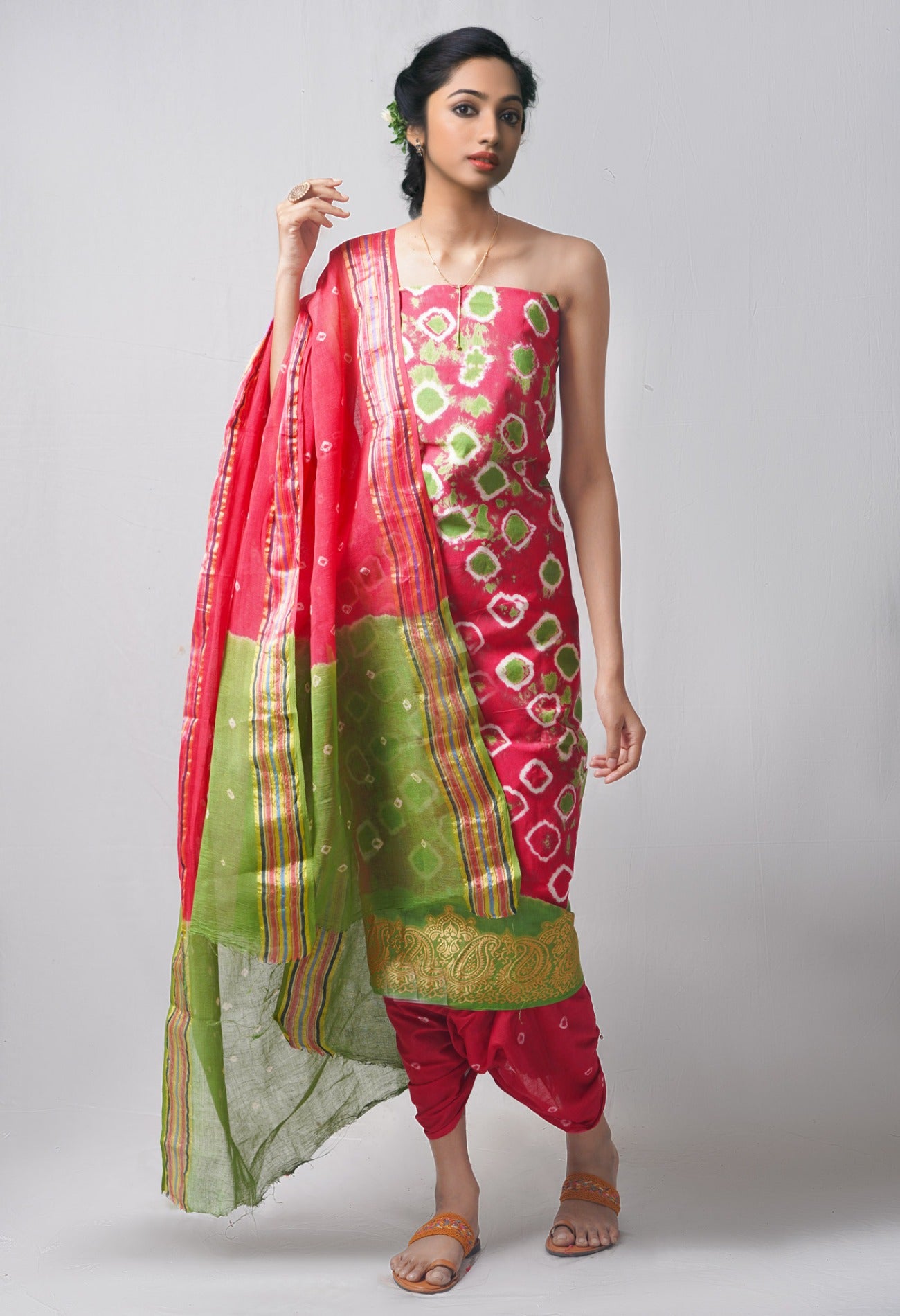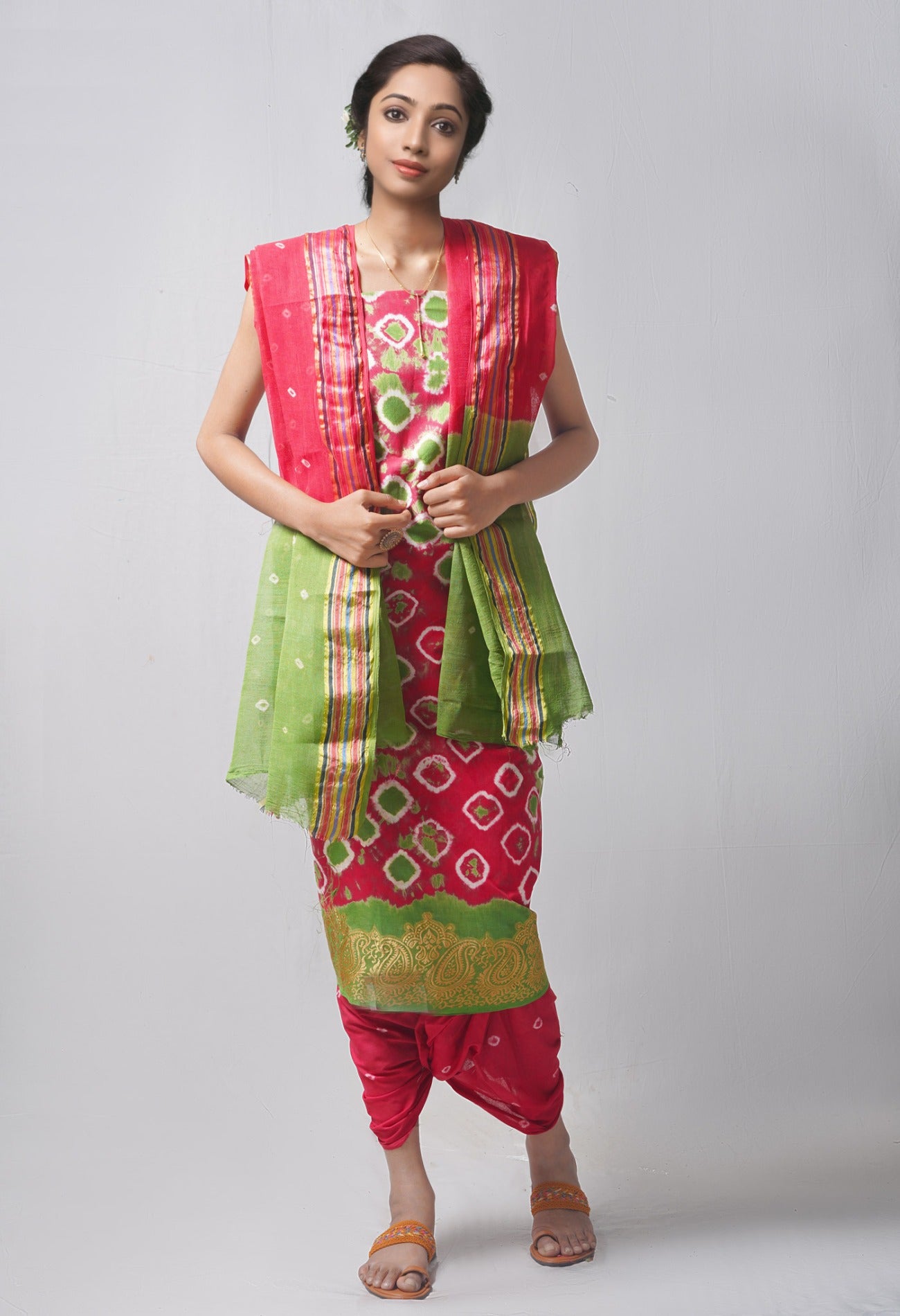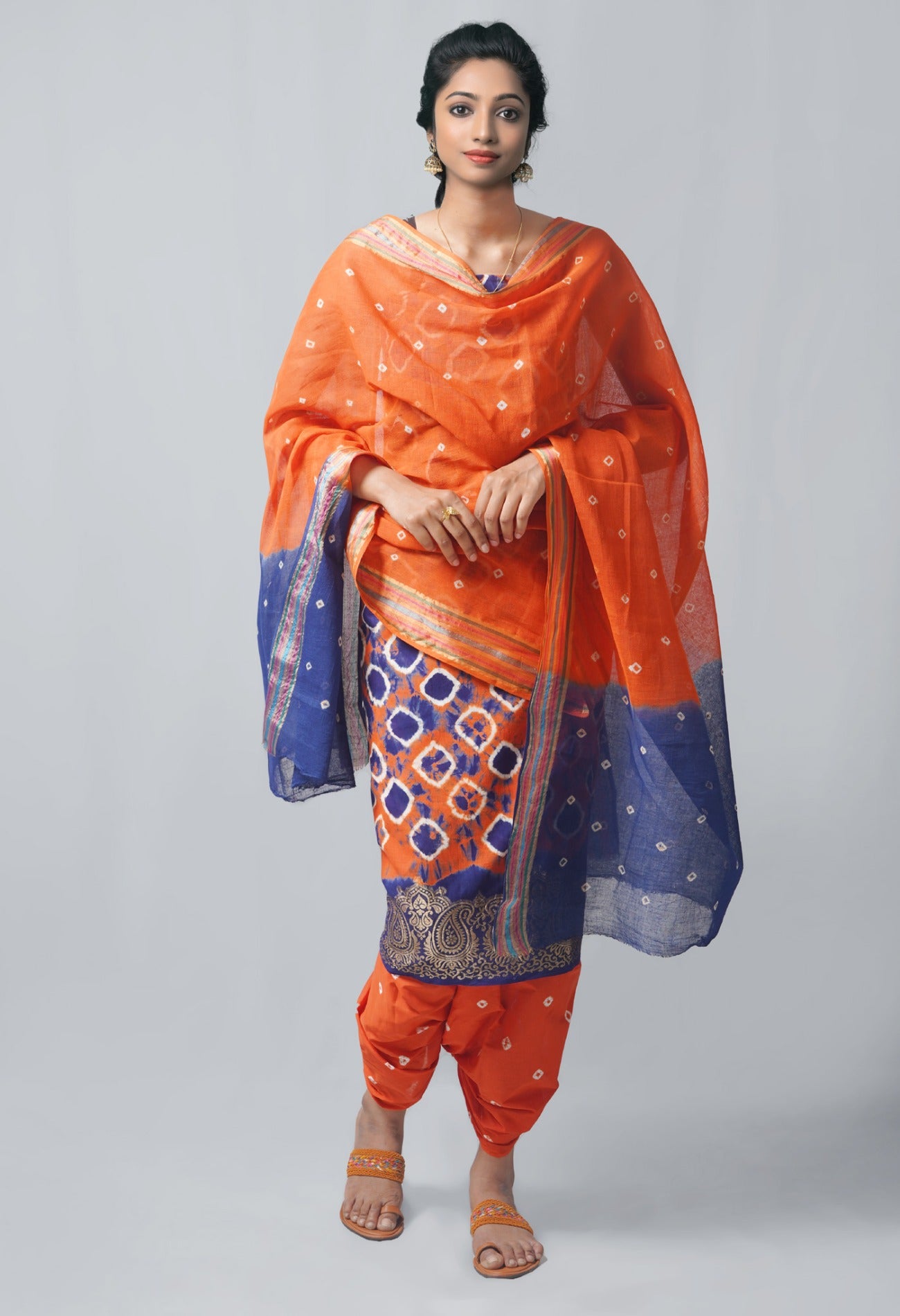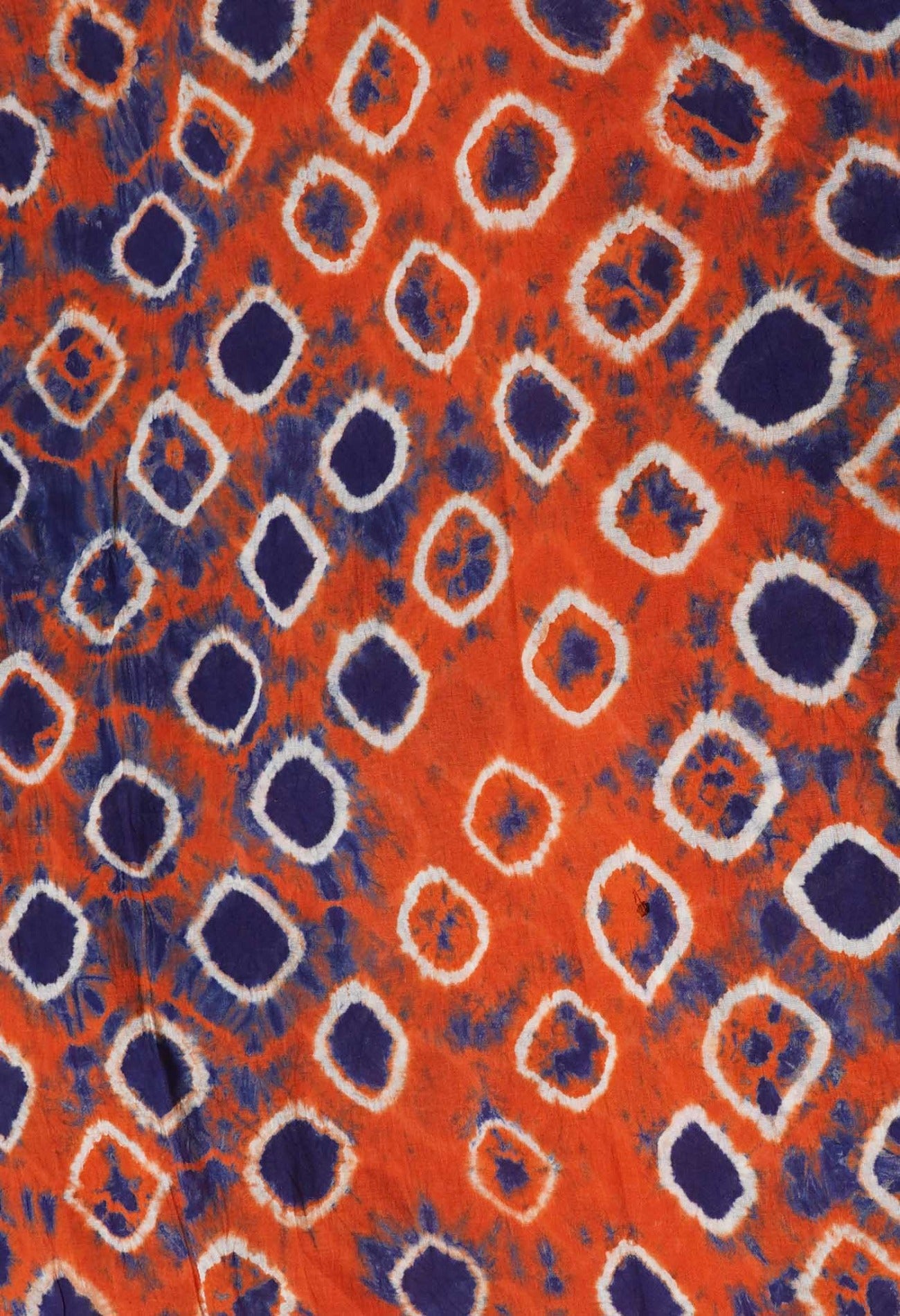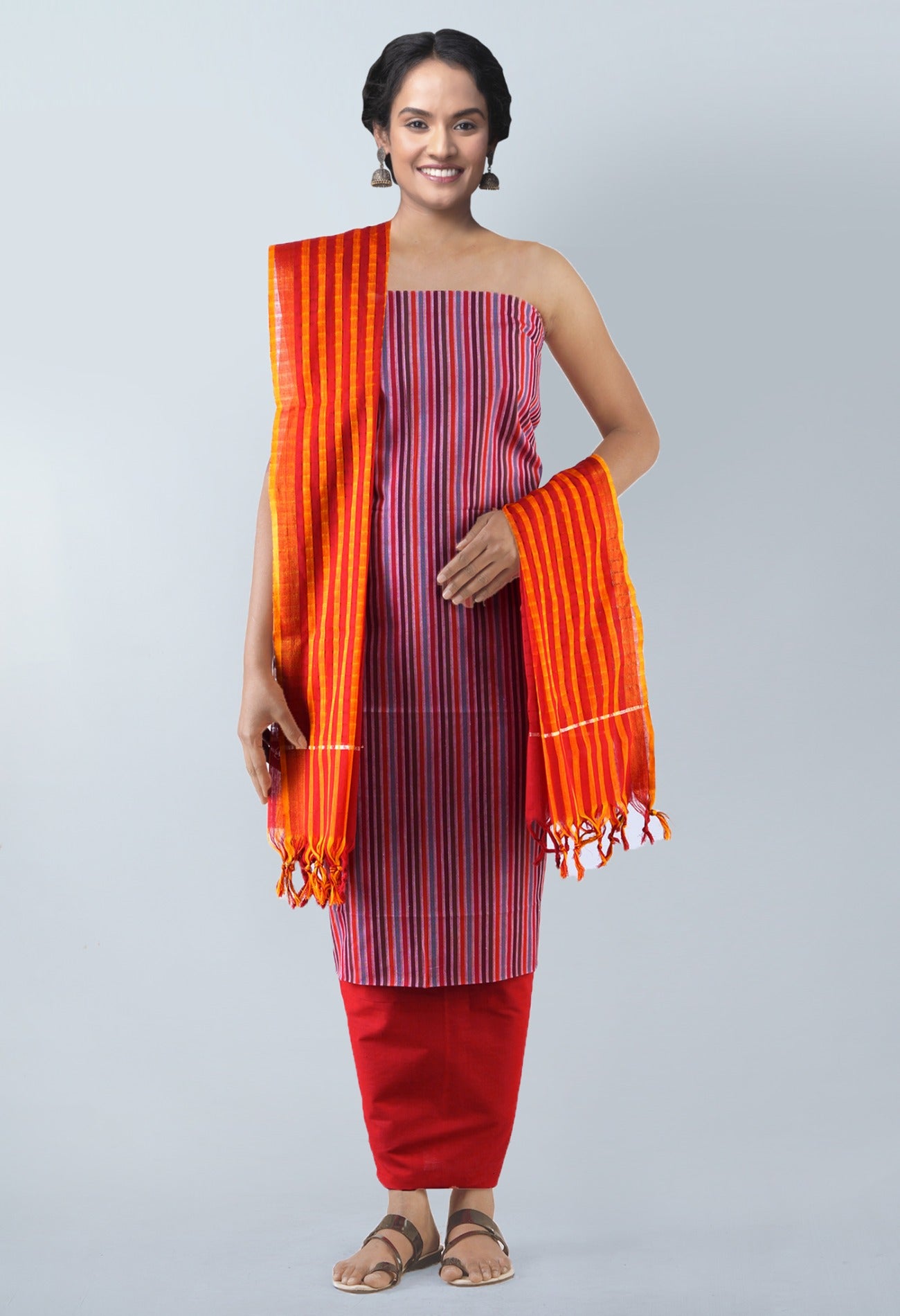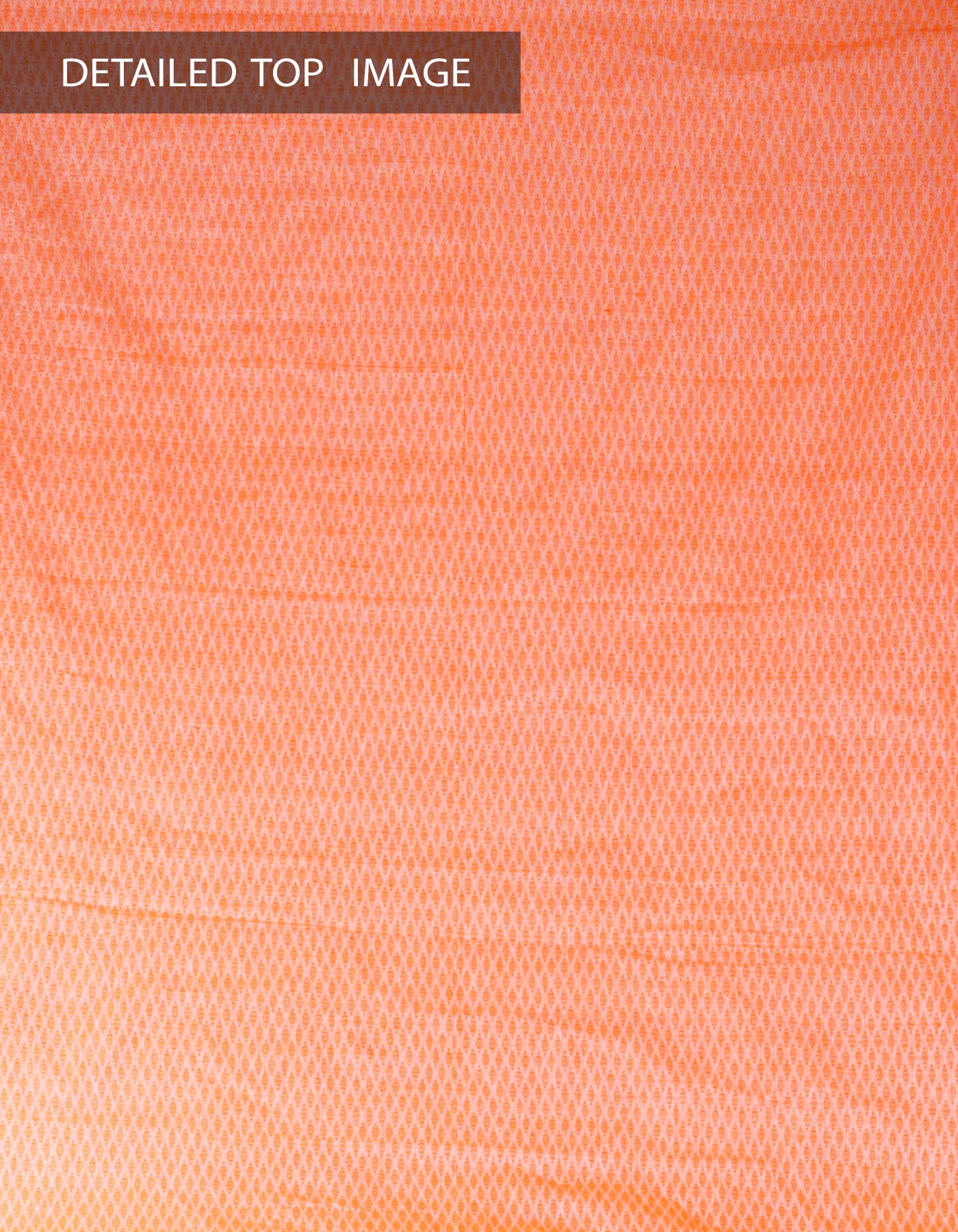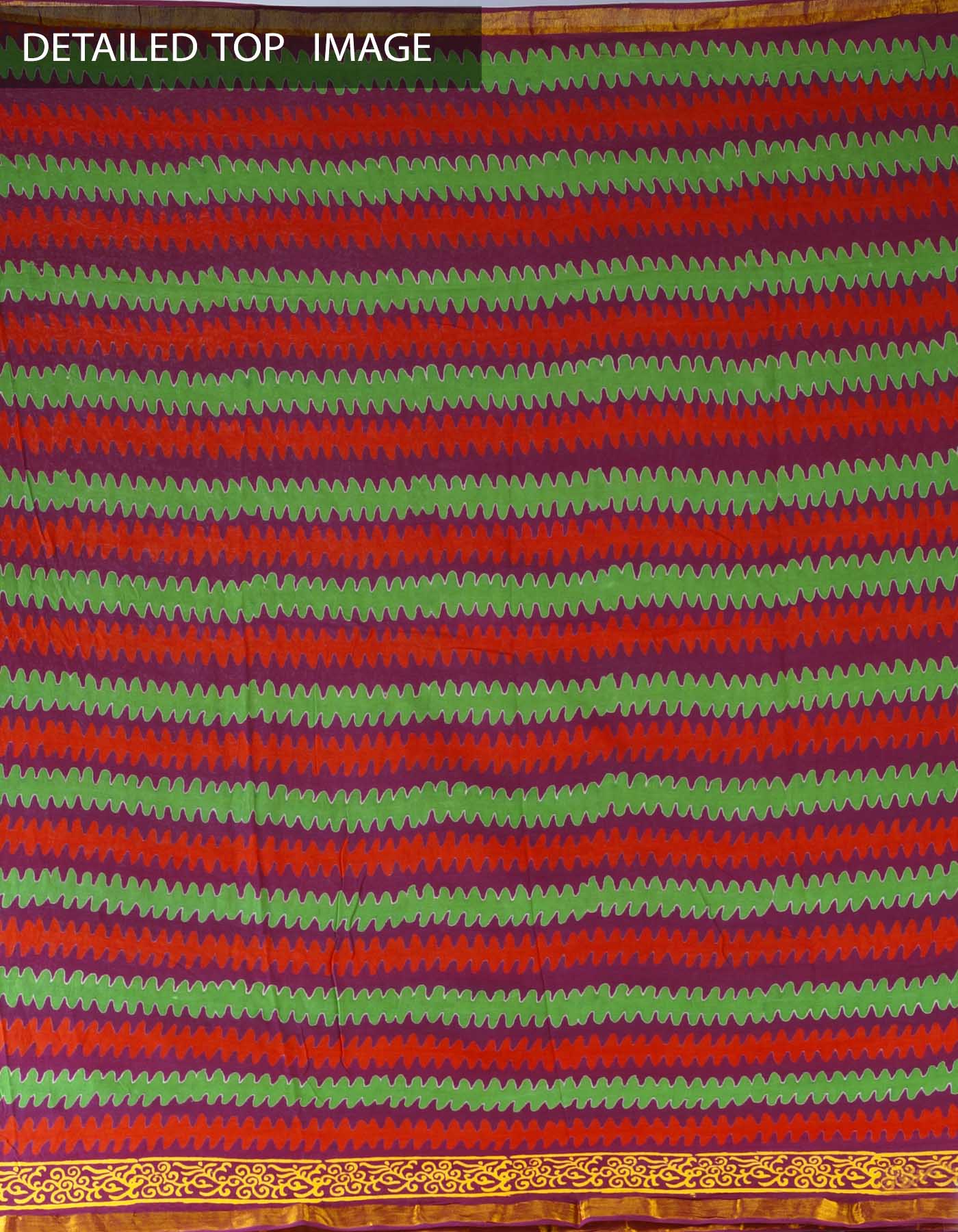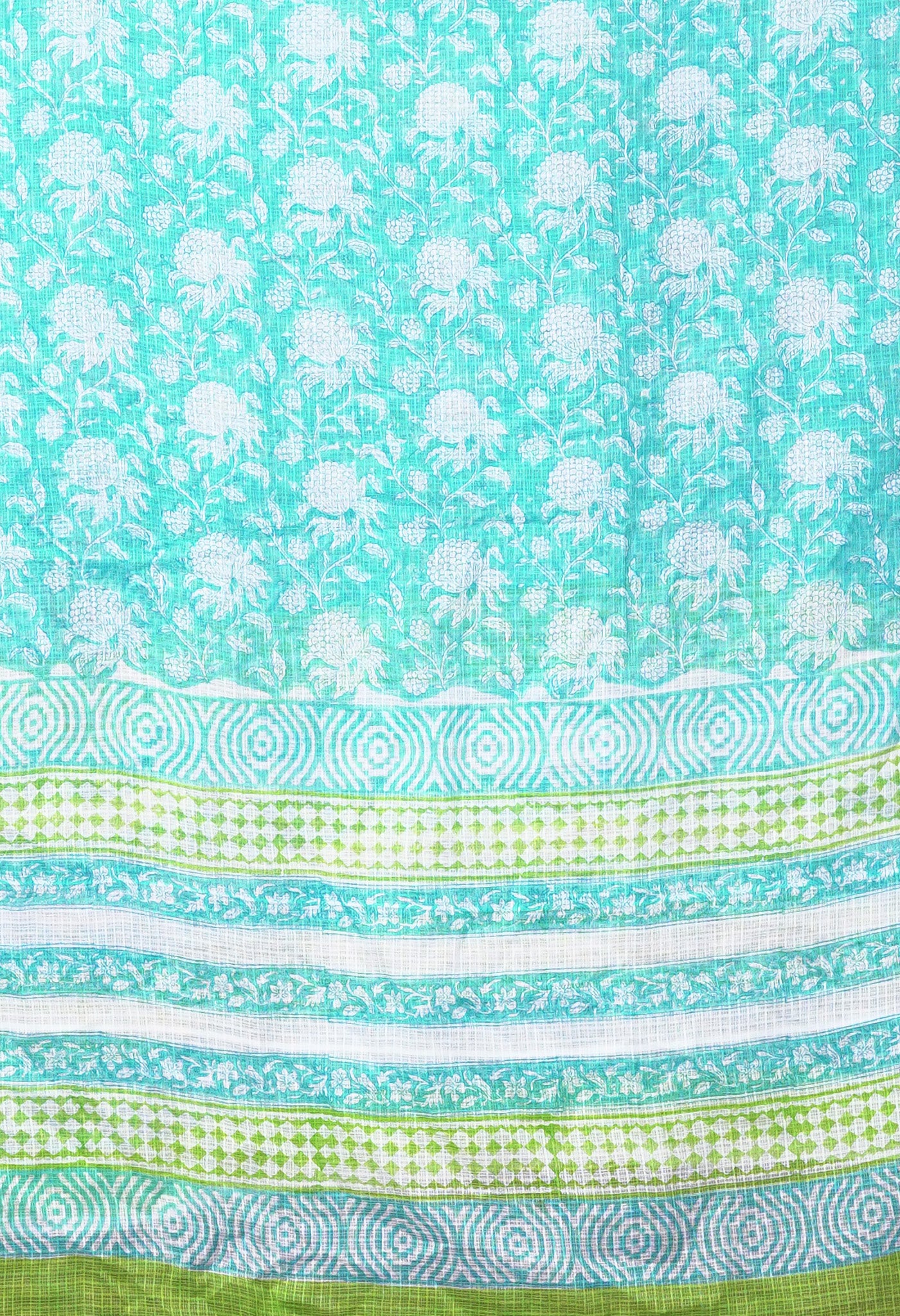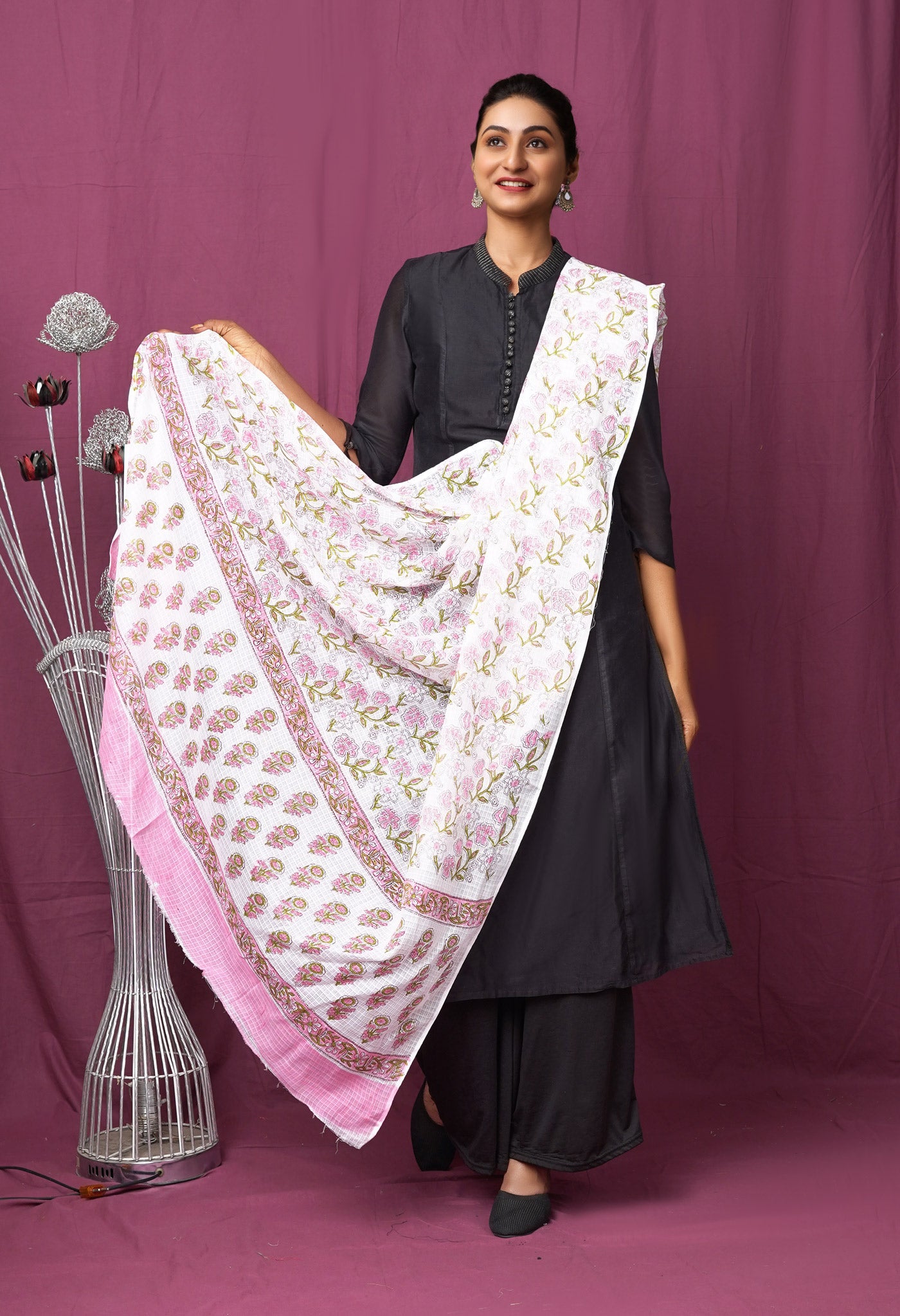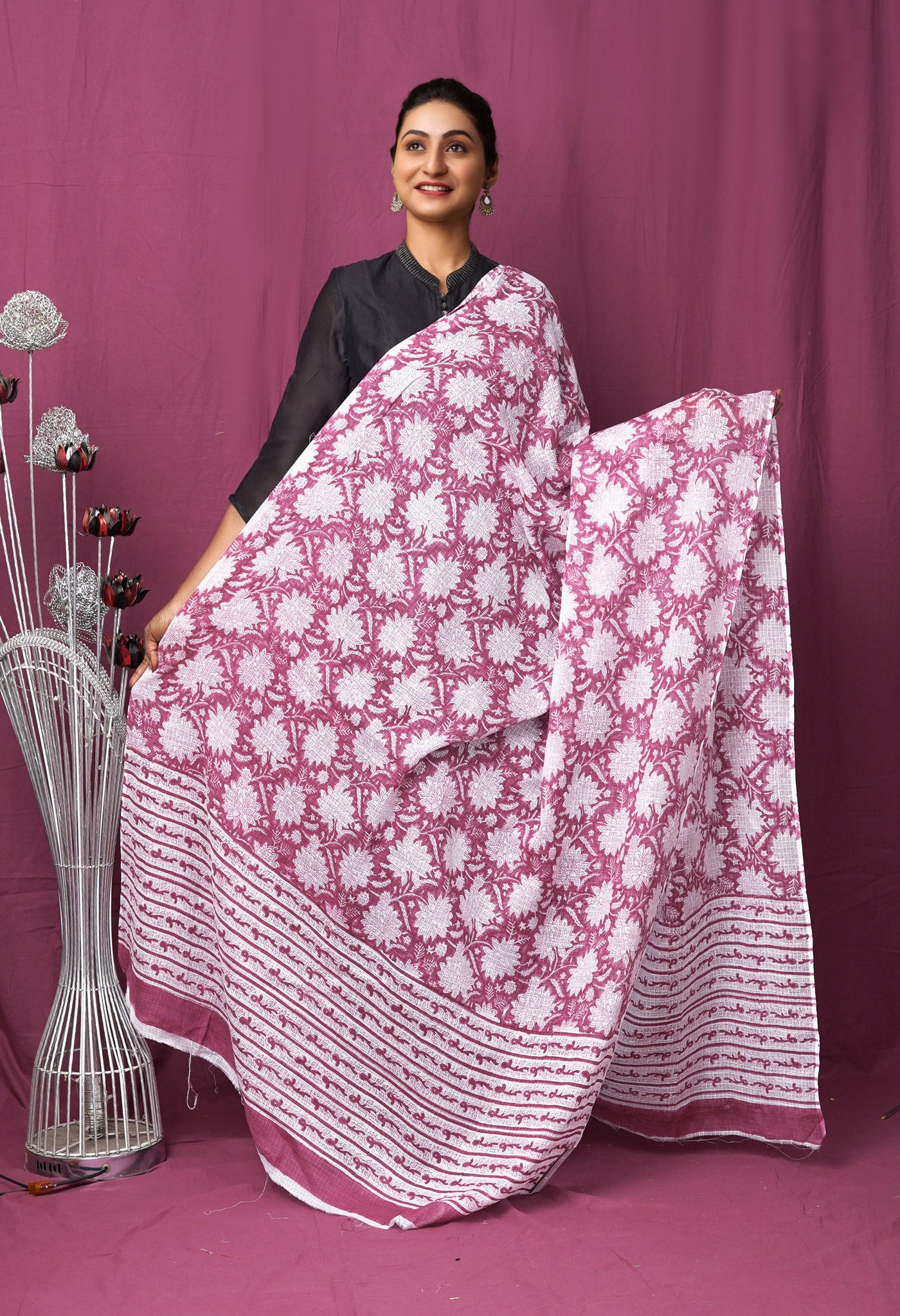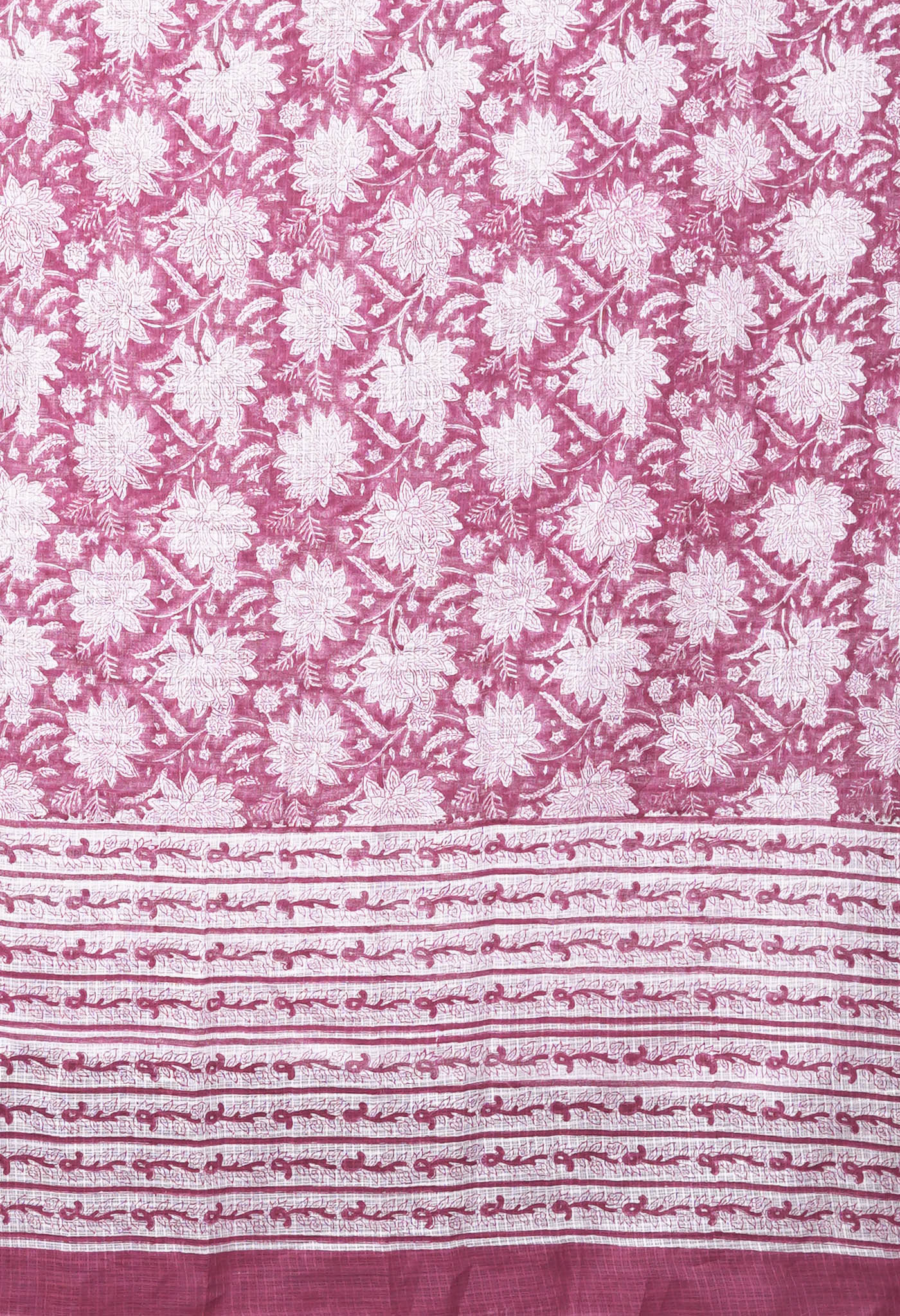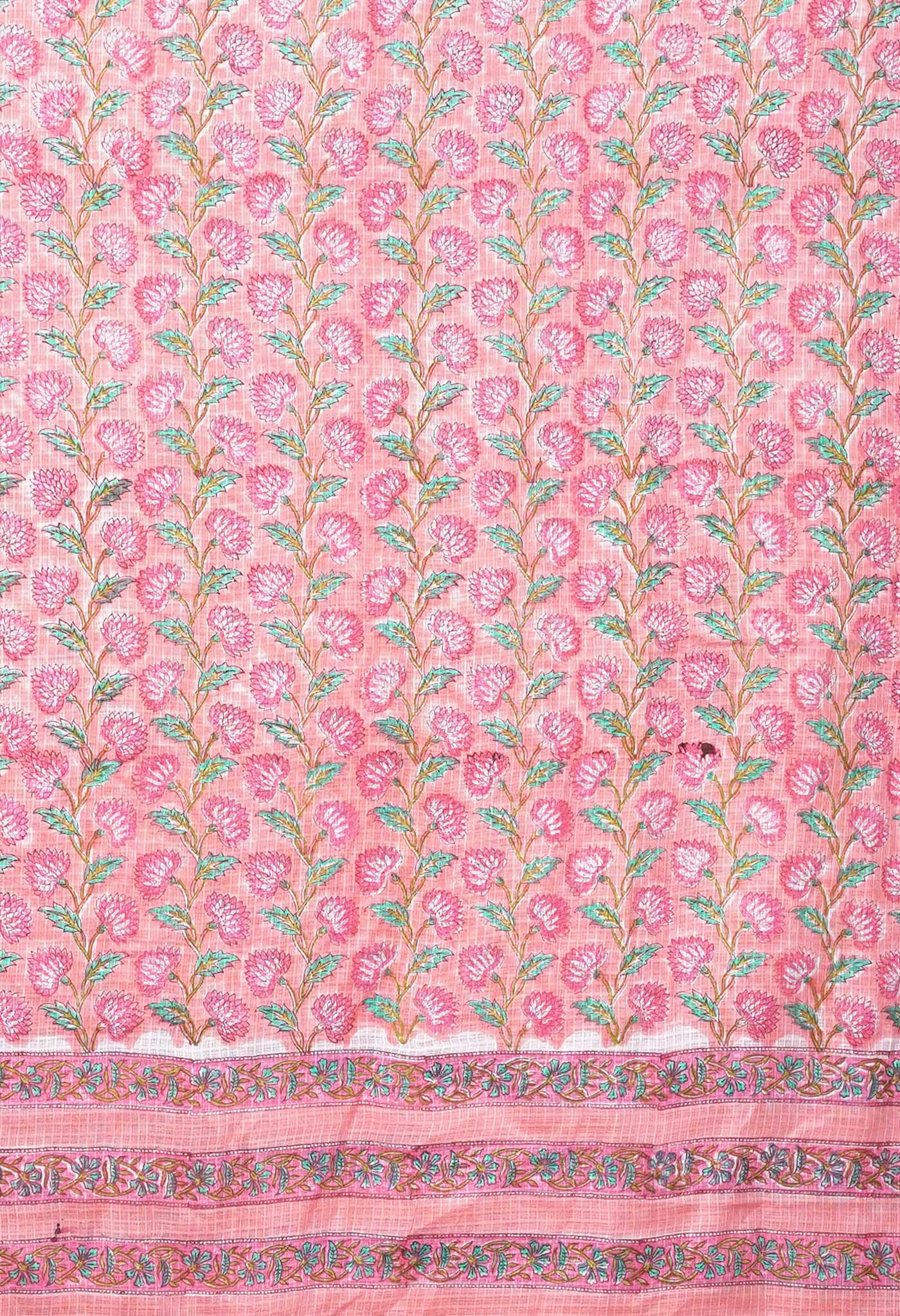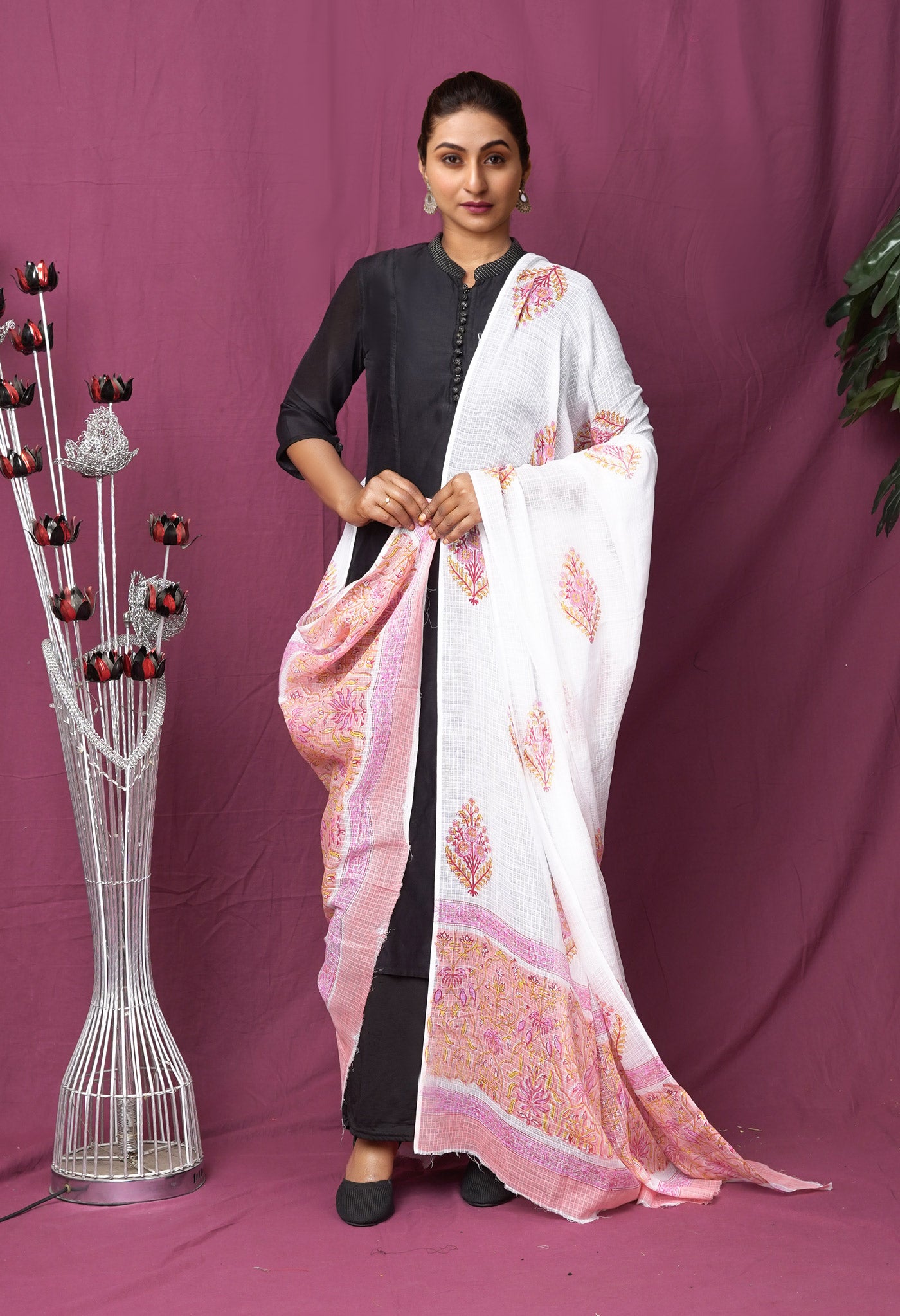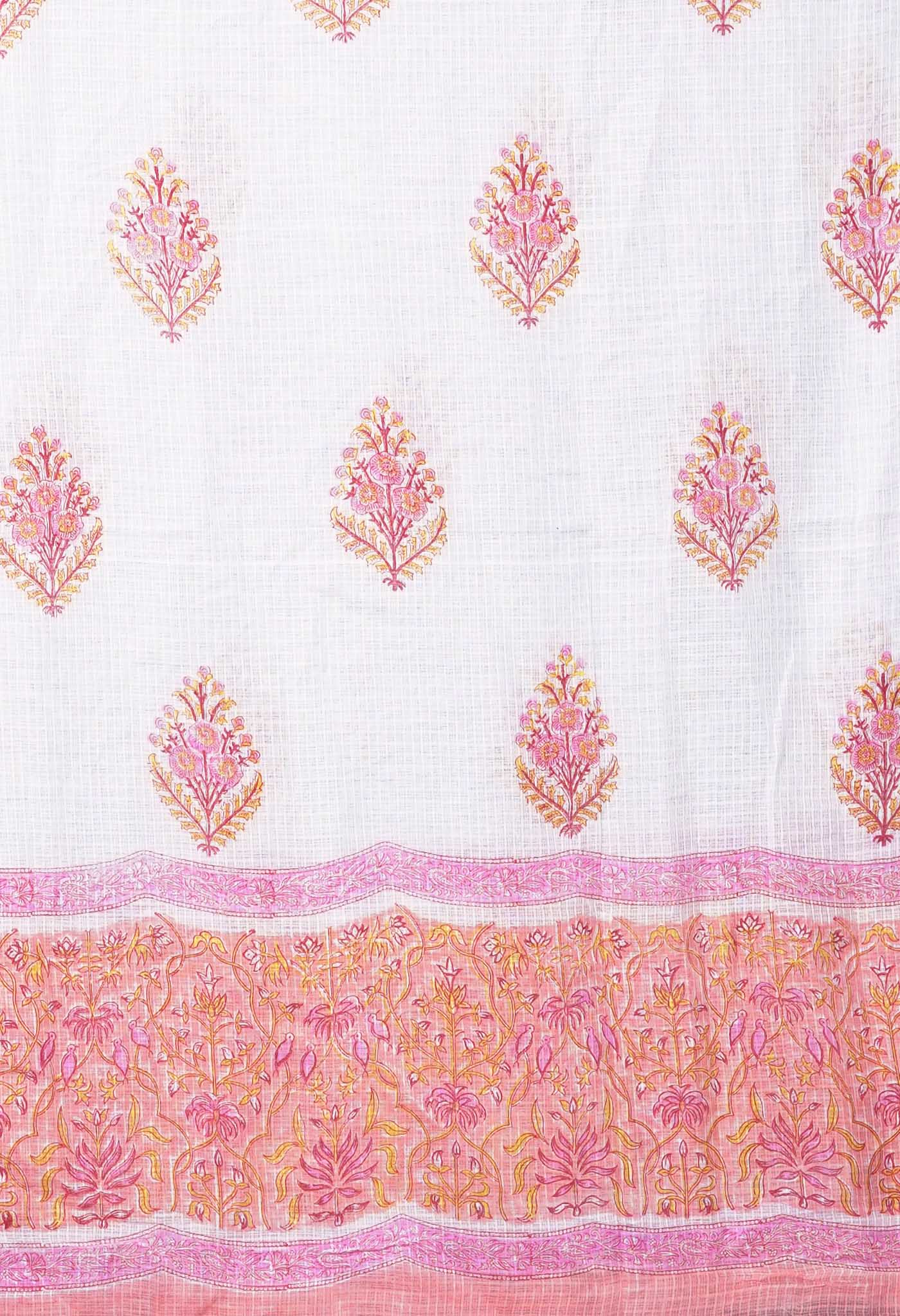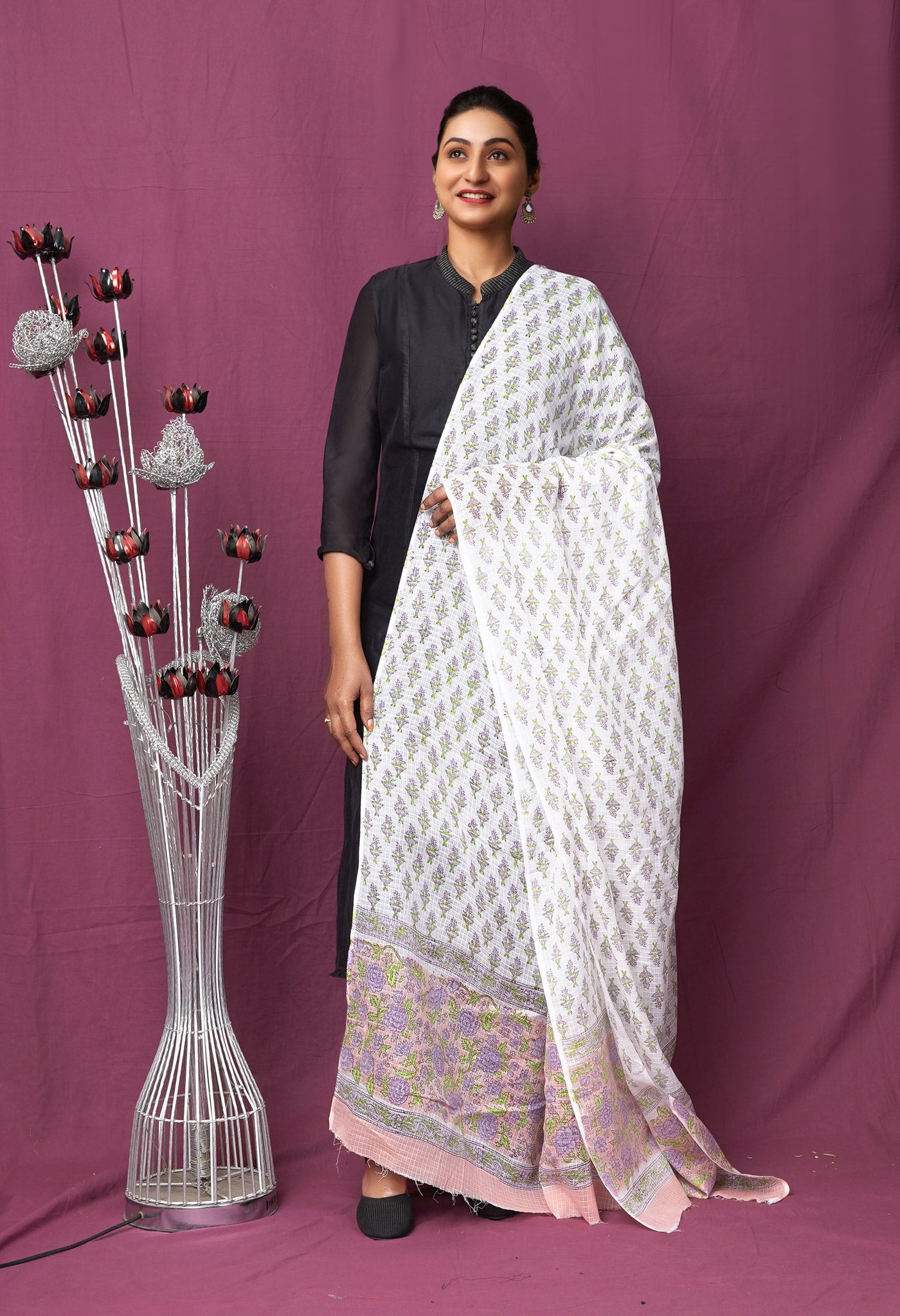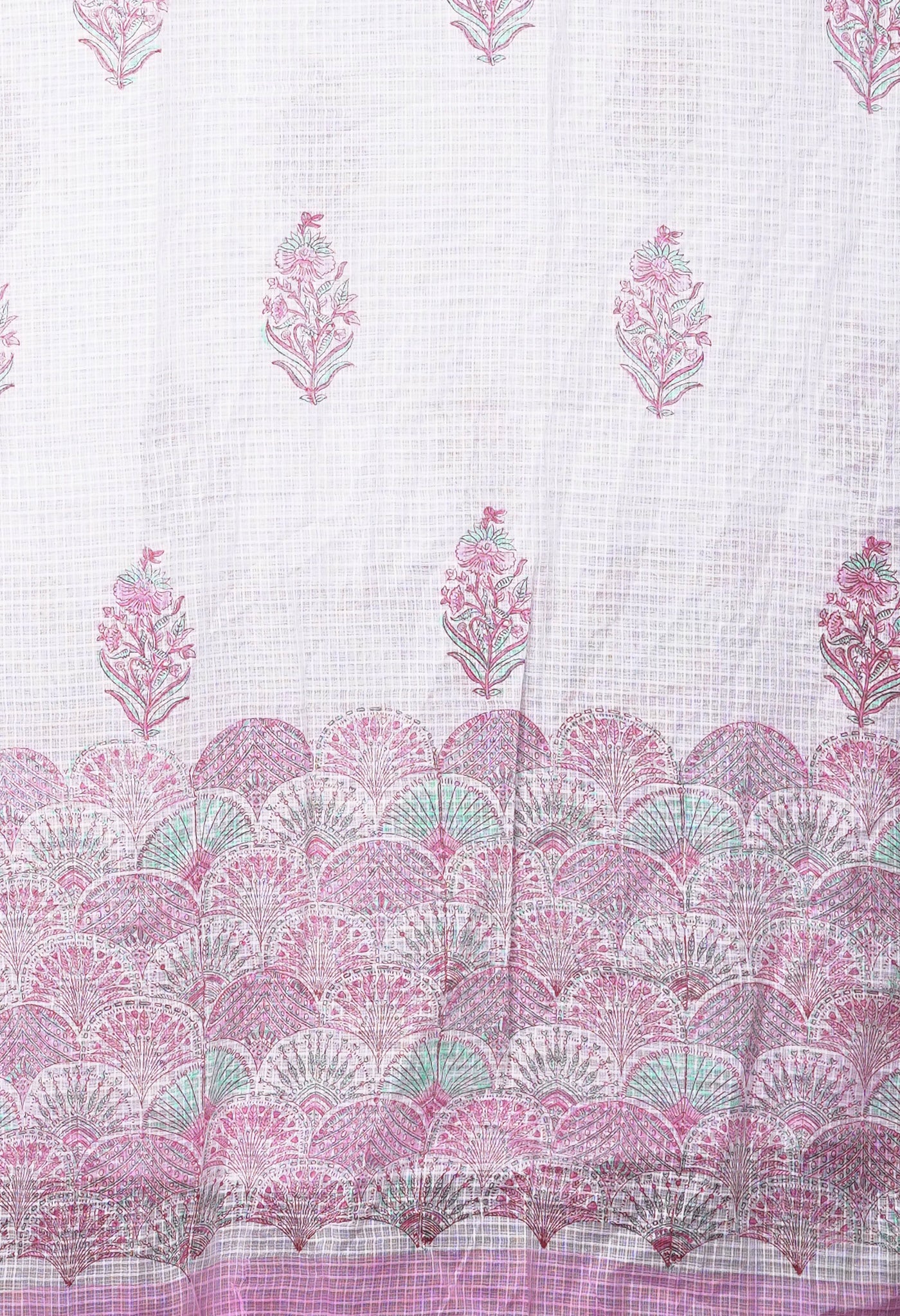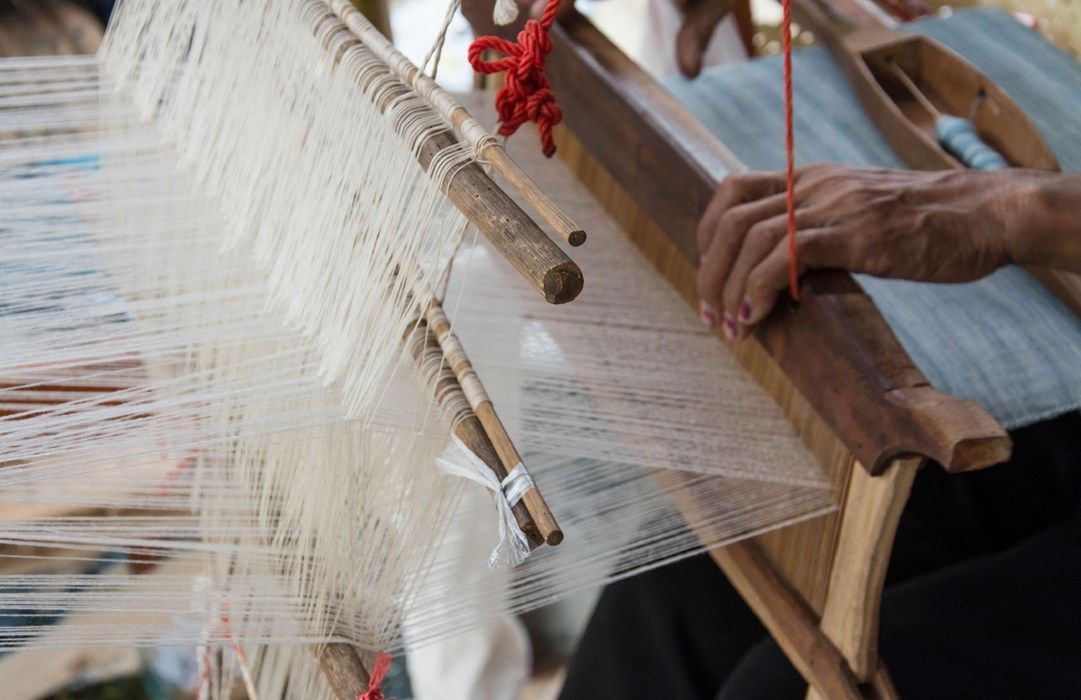
Polyester Khadi - getting more popular than the pure Khadi
Introduction
Khadi, the traditional fabric of India, is the textile that united India during the Freedom struggle, the weave that Gandhiji very much supported for its virtues as a fabric and saw as the alternative for foreign cloth coming into India during the British rule.
Khadi is the hand-woven fabric made from handspun yarn. Made from natural fibers like cotton, silk, and woolen, its distinctiveness lies in a single process: hand-spinning.  Defining Khadi
Defining Khadi
In a further refinement of the definition, according to the Khadi and Village Industries Commission Act of 1956, Khadi was defined as "any cloth woven on hand-looms in India from cotton, silk and woollen yarn; handspun yarn; or cloth made from a mixture of any two or all of such yarns".
The fabric known for its rugged texture, comfortable feel and ability to keep people warm in winter while keeping them cool during the summer is now a hot favourite on the ramps of designers.
Broadly speaking, khadi is manufactured in two steps: converting the fiber into yarn using tools like spinning wheels (Charkha) and then weaving the yarn into fabric using looms.
Both the spinning and weaving can be mechanized, resulting in hand-loom fabric when the first step is mechanized and mill-made fabric when both steps are mechanized.
The advent of Polyester Khadi
In the late seventies came a new blend of Khadi known as Polyester Khadi where the Polyester fibre and the cotton fibre were mixed in certain proportion before the spinning process was undertaken. Thus was created the Polyester Khadi thread which was then woven on handloom to create Polyester Khadi fabric.
The introduction of polyester into khadi seemed too good a kill for politicians who found it objectionable on Gandhian grounds and created noisy scenes in Parliament when George Fernandes proposed an amendment of the Act to include mixtures with polyester fibre.
So loud were protestations about defiling the "only remaining pure product of Gandhiji's dream that predictably, a parliamentary select committee was ordained to pass judgement on the new blend.
Months after the blend was perfected with the cooperation of the Khadi and Village Industries Commission (KVIC), politicians vied the new fabric that had the Cabinet nod, both with suspicion and envy.
 Swadeshi Polytex Ltd.of Ghaziabad, Uttar Pradesh, that was to manufacture it, became the first in textile history to have a parliamentary act changed for its production. Both the ruling and the Opposition had similar views on the fabric.
Swadeshi Polytex Ltd.of Ghaziabad, Uttar Pradesh, that was to manufacture it, became the first in textile history to have a parliamentary act changed for its production. Both the ruling and the Opposition had similar views on the fabric.
Polyester Khadi was cool, crease resistant and controversial.
Polyester Khadi getting more popular than pure Khadi
Khadi was once propagated by Mahatma Gandhi for self-reliance. Today, even college students and young professionals have started taking a liking for the handwoven fabric.
Like a proprietor of a Khadi Udyog Bhandar in Pune said,“The reason Khadi is gaining popularity is because, unlike earlier… it’s available in a variety of shades now. Customers get a wide range of colours to choose from. It is no more a fabric of the ‘serious-looking, middle-aged people or government officials’.”
“The younger generation and people working in the IT sector find it cool and wear it with pride. The reason younger generation prefers mixed khadi is because it requires less maintenance, as compared to pure khadi, which involves starching, dry-cleaning and ironing,” he added.
Another added,“Even though pure khadi items cost less, mixed khadi is more in demand. For instance, a kurta of mixed khadi will cost around Rs 800 to 1,200, while a pure khadi kurta will come within the range of Rs 400 to 600. Since I started this shop in 2014 the demand has escalated by nearly 40 to 50 per cent.”
Khadi fabric comes in various types — matka, andi, vafta, dosuti, jharna, ambar, talam and musleen.
While musleen khadi comes only in white colour, matka is its purest form. However, vafta is most comfortable. Andi khadi, meanwhile, is mixed form of the fabric. 
Only 10 per cent of the total sale is attributed to pure khadi items, the rest are mixed clothes. Other than low maintenance factor, mixed khadi clothes also have a shiny and rich look, which is preferred by the younger generation these days. Creation of new designs and products like denim, trousers, and T-shirts suited for youngsters have created a vibrancy in the market.
More than increasing the business, the aim is popularise the fabric. If 10 customers visit the shop in a day, usually, six are regular customers, while the rest are new.”
Discounts are an added incentive for good sales that could increase in the range of 10 to 12 %.
Initial facts about Polyester Khadi production
- Polyester that was being manufactured in India was as Swadeshi as pure Indian cotton.
- From the time Indian Petrochemicals Corporation Ltd (IPCL) started manufacturing Glycol and DMT (the two petroleum byproducts that go into the making of polyester fibre) in 1974 from Indian crude, almost all polyester fibre used for Indian fabrics is indigenous.
Blended with cotton, one kilogramme of polyester yarn produced roughly seven metre of shirting material, four metre of double-width suiting material and 18 metre of sari length materials then.
- Polyester-based fabrics remained among the most expensive only because of the crippling excise duties imposed upon polyester fibre, yarn and fabric.
- If polyester khadi was to be sold on a large scale, the reduced levies that handloom products enjoyed, (yarn and fabric duty would be eliminated) the two or three standard blends of the fabric that would be produced could easily capture the market.
- Polyester khadi would always remain a labour-intensive, handloom industry, thus ensuring employment, and the product with its doubled durability, loosely textured surface for comfort, and crease-resistance property provided by the addition of polyester, would cost scarcely more than fine-quality all-cotton khadi.
The modalities for creating Polyester Khadi
A considerably sophisticated version of Gandhi's charkha, called the ambar charkha, is used for spinning polyester khadi. Before it reaches the spinning stage, however, the cotton is refined by a series of hand-operated implements, made out of wood and a few metallic components.
KVIC had co-ordinated with Swadeshi Polytex and presented them with a complete set of machines in 1977 to install in a village.
The current vision is to have a national programme of establishing upto 100 centres, each consisting of 500 ambar charkhas.
Process:
Research has found that a minimum of 50 per cent of polyester fibre is essential for polyester khadi to be endowed with the wash-and-wear and crease-resistant qualities.
Experimenting with lesser and higher percentages, alterations have been recommended to the KVIC in the spinning procedure.
- The process of refining the cotton staple by hand, results in an irregular and untidy textural effect in the final product. It does retain the rusticity of pure khadi, but is less effective. So they have recommended the carding machines to be power-operated at the centres, though they will continue to be fed by hand.
- The finishing process of heat-setting for the final fabric that gives it dimensional stability and ensures crease-resistance has been recommended. The fabric is passed for 30 seconds through a high heat of 180-200 degrees centigrade to give it a final finish. Also a series of wear ability trials with various blends to arrive at the most durable synthesis is to be conducted.
The use of these recommendations
Based on the recommendations, it is estimated that the final prices would be encouraging.
"For 640 million metre of polyester khadi it would require 35,000 centres with 18 ambar charkhas and six handlooms each. That would mean a capital investment of Rs 200 crore.
Gandhi's dream of self-reliance might be just around the corner.
Why is Khadi not doing so well in the International market?
Comfort is the fundamental property by which a textile product is valued. Comfort is defined as "the absence of un-pleasantness or discomfort" or "a natural state compared to the mere active state of pleasure".
The comfort characteristics of fabrics mainly depend on the structure, type of raw materials, wet weight, moisture absorption, heat transmission and skin perception.
Some fabrics are very much comfortable due to their peculiar fabric and yarn structure. 'Khadi' is one of them. It is a well- known comfortable fabric.
Finishing of any textile material is largely dictated by consumer preference. With the advent of globalization, there is a definite need for India to improve its traditional textiles in order to establish specific brand identity in the international market. 
There is tremendous competition in the textile market between the mill-made or power loom made fabrics versus hand woven fabrics.
- If figures are an indication, the woeful piling up of stocks in the Khadi and Handloom sector show the preference of the market for glittering man-made fabrics.
- But if an attempt is made to enhance the look and finish of Khadi fabrics, then in the face of the world waking up to environment concerns as regards man-made fabrics, the former stands to gain.





